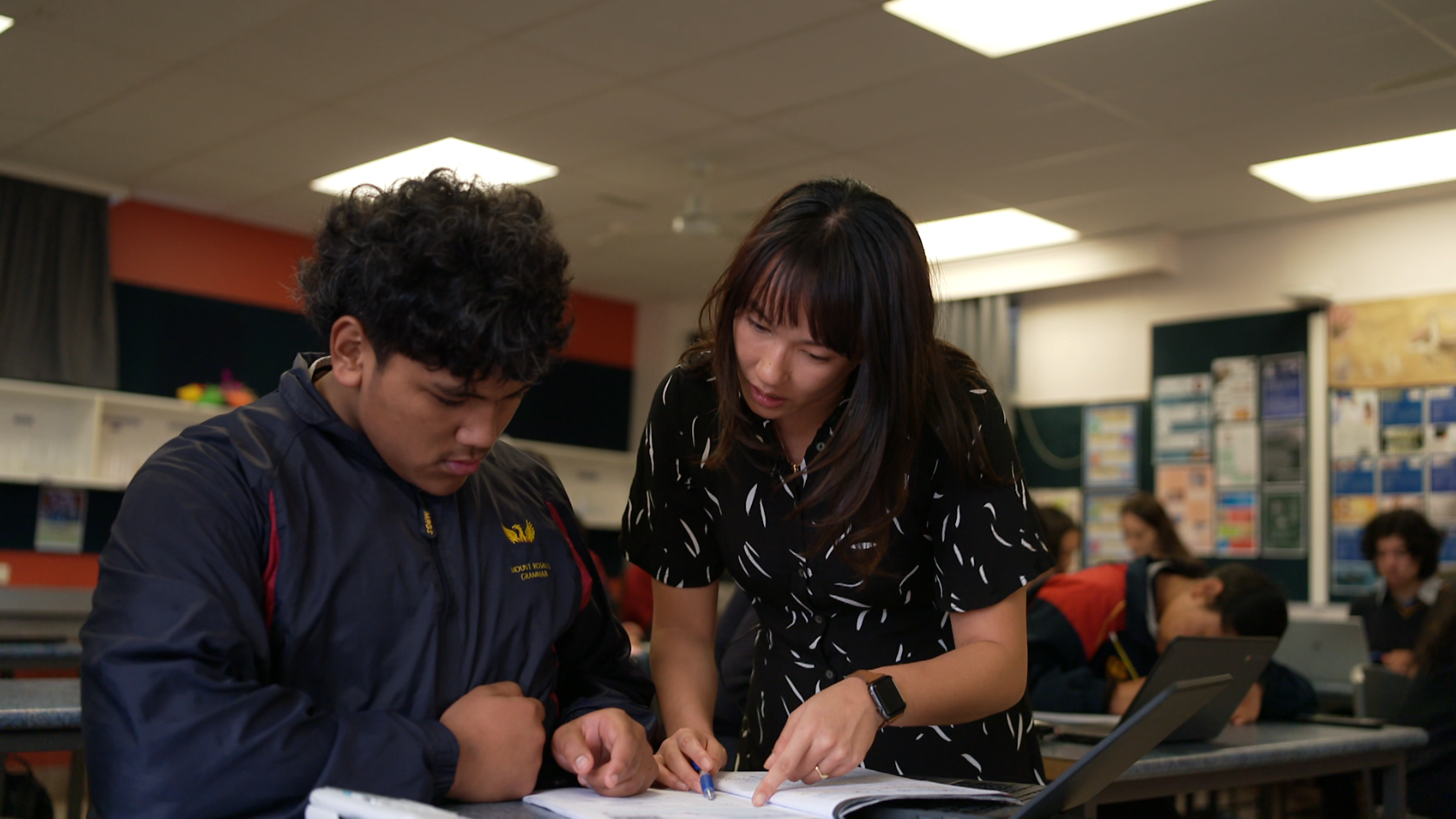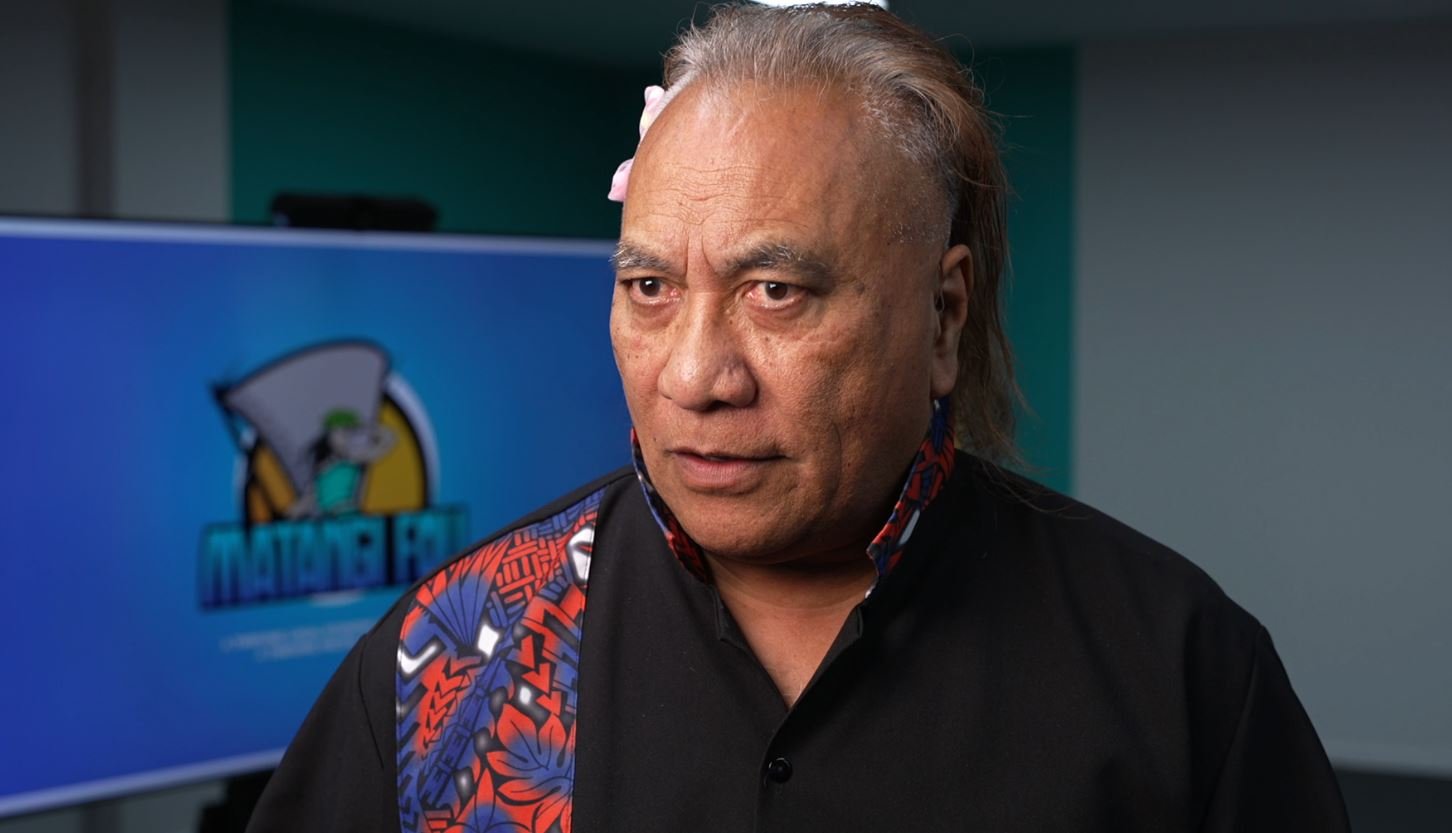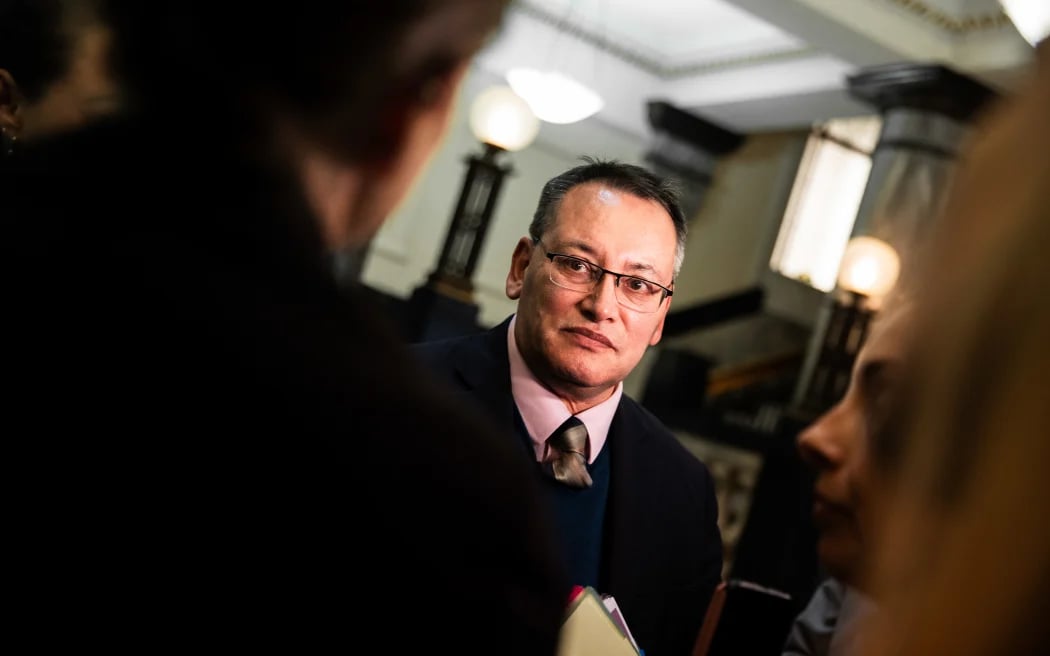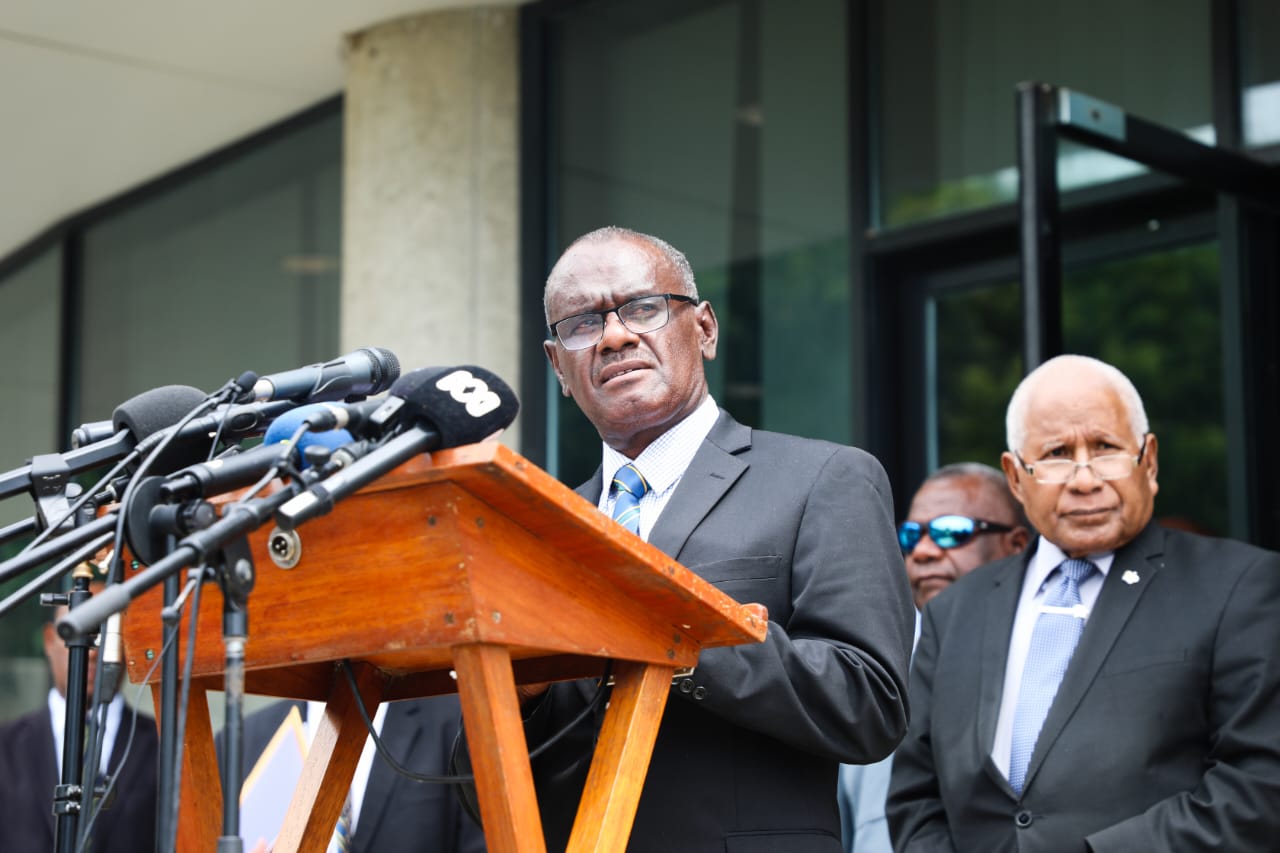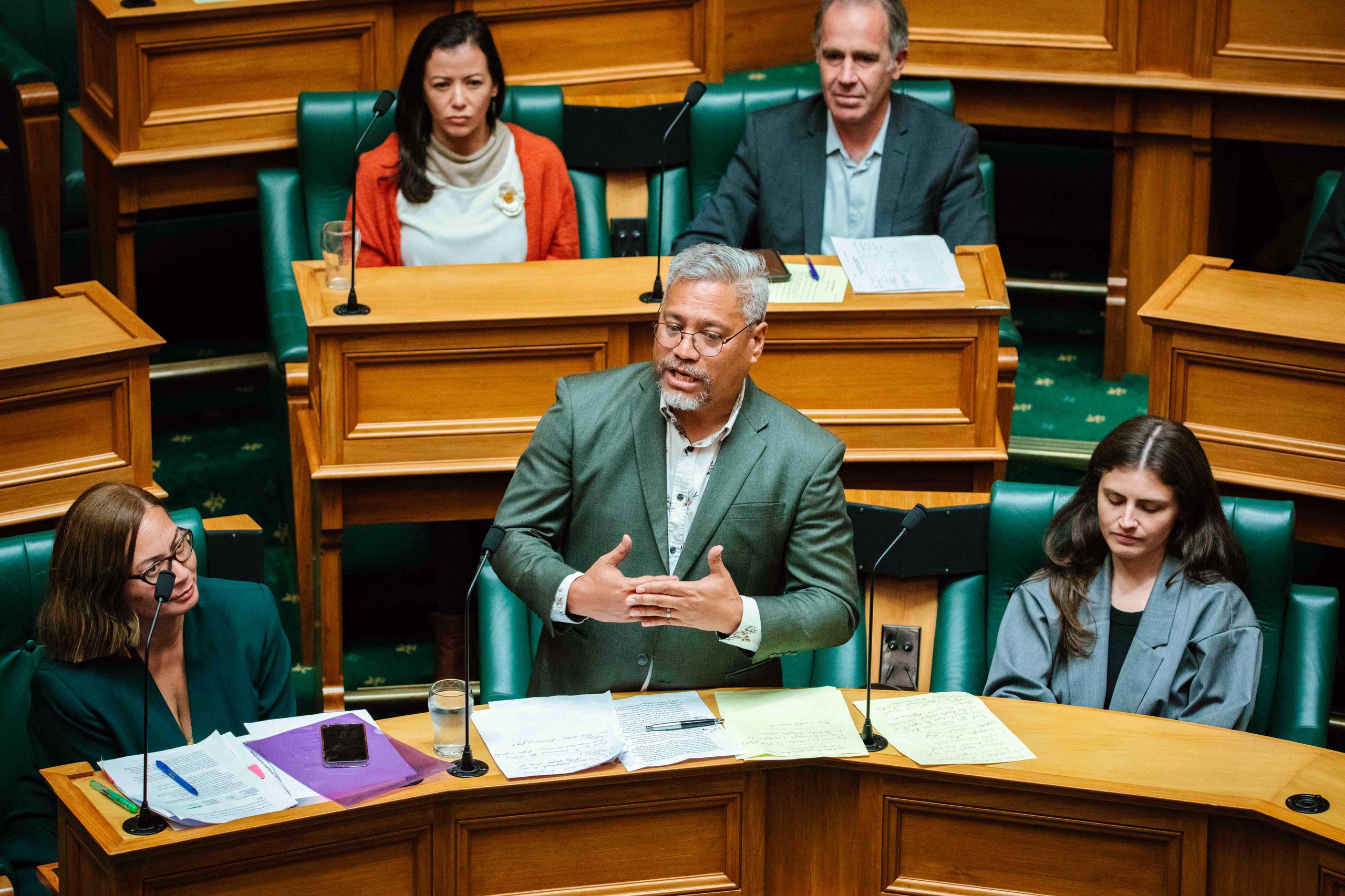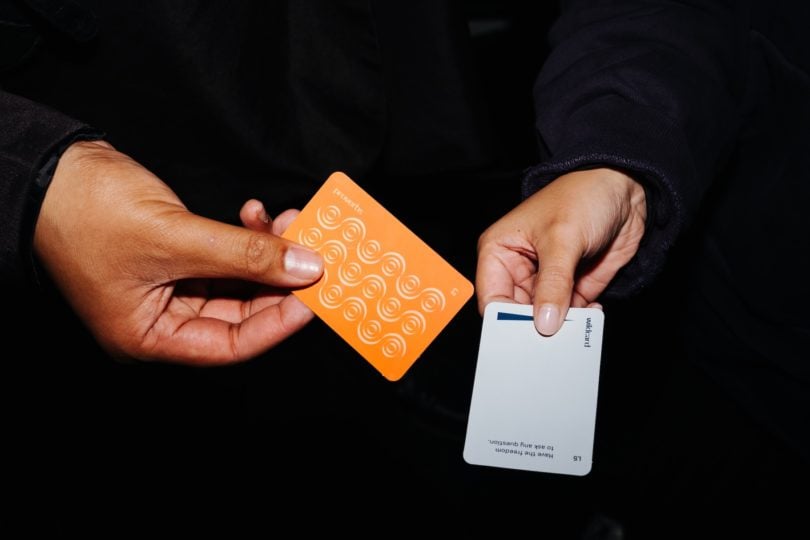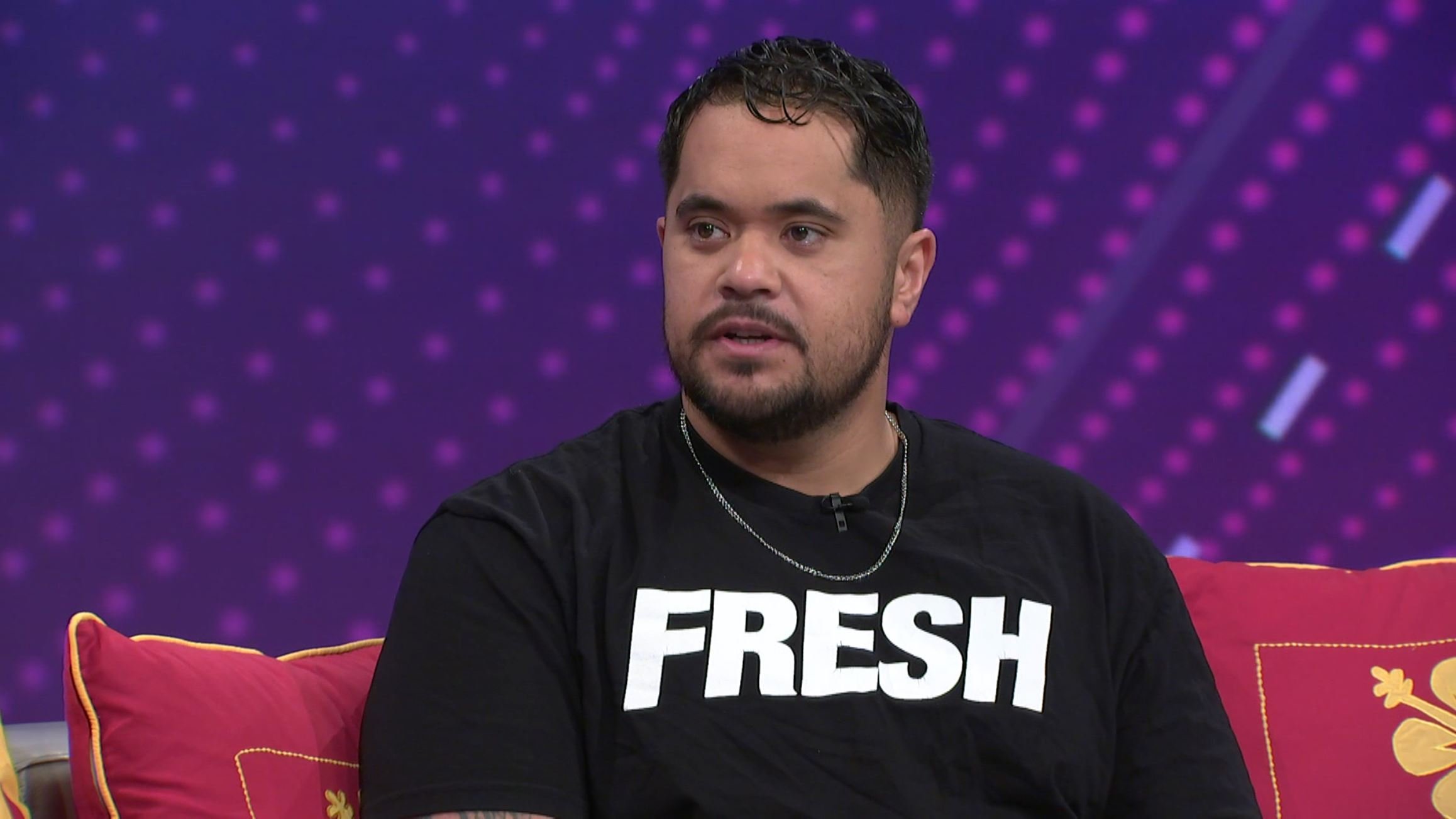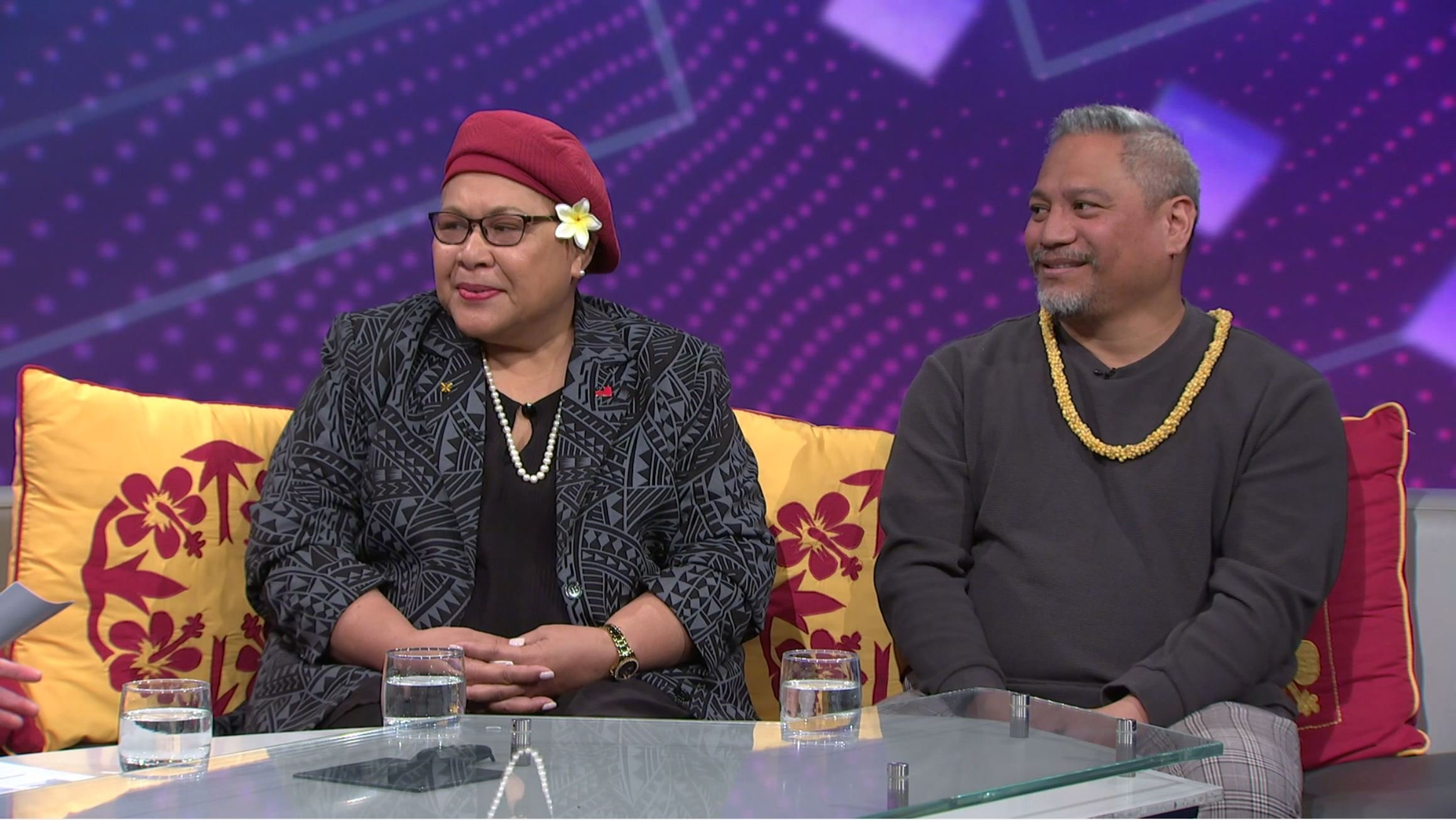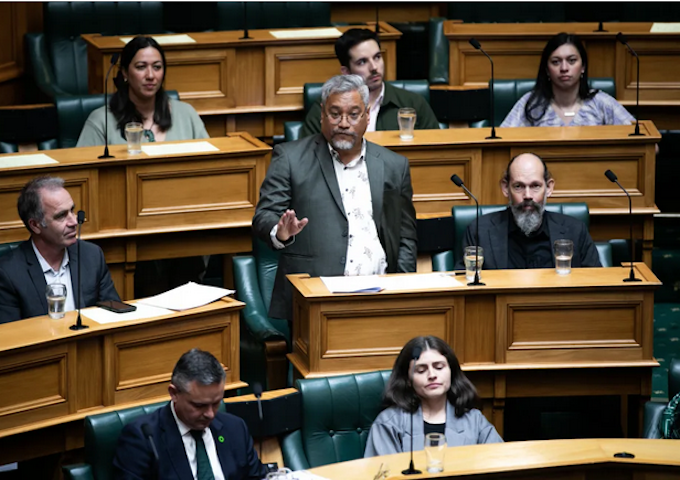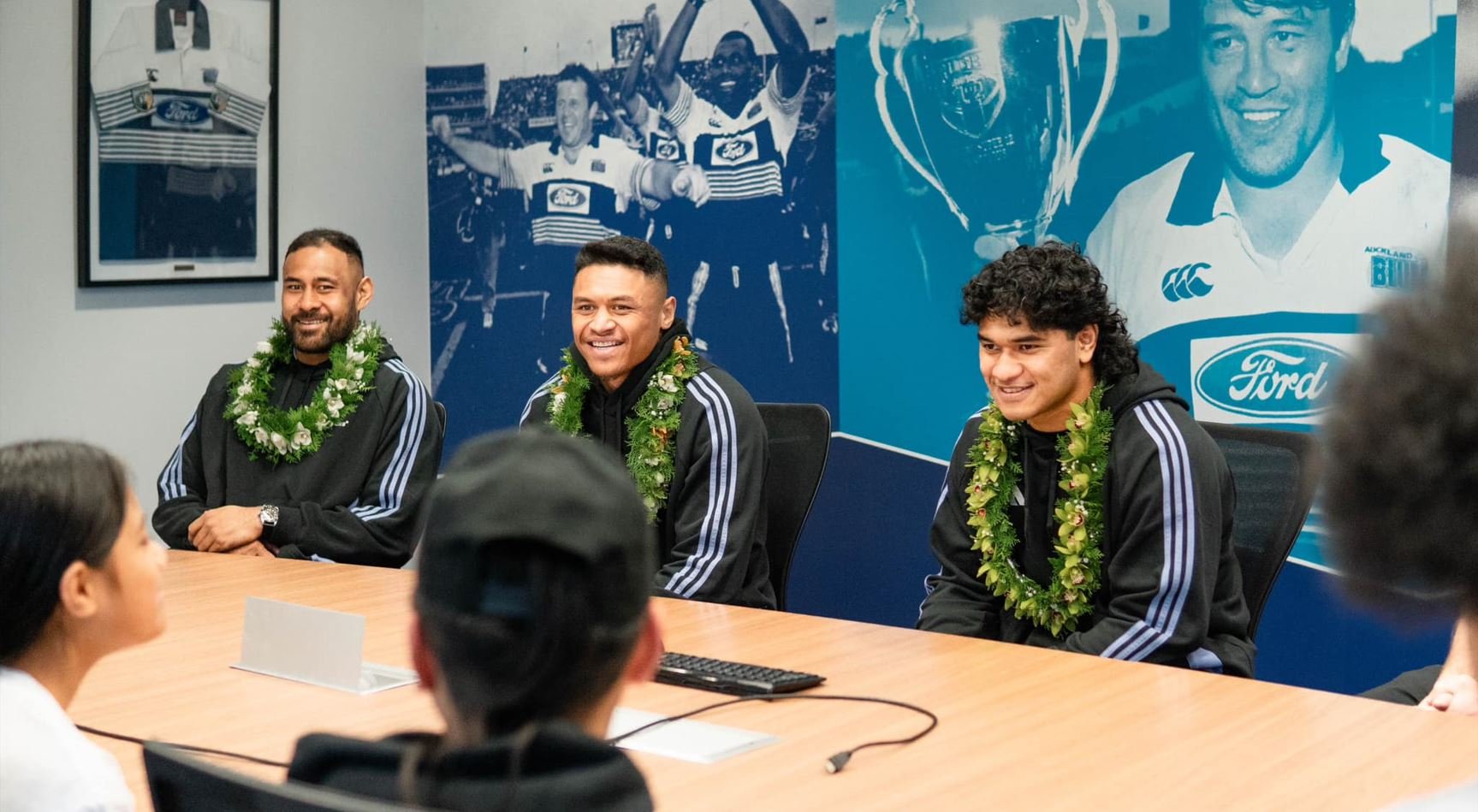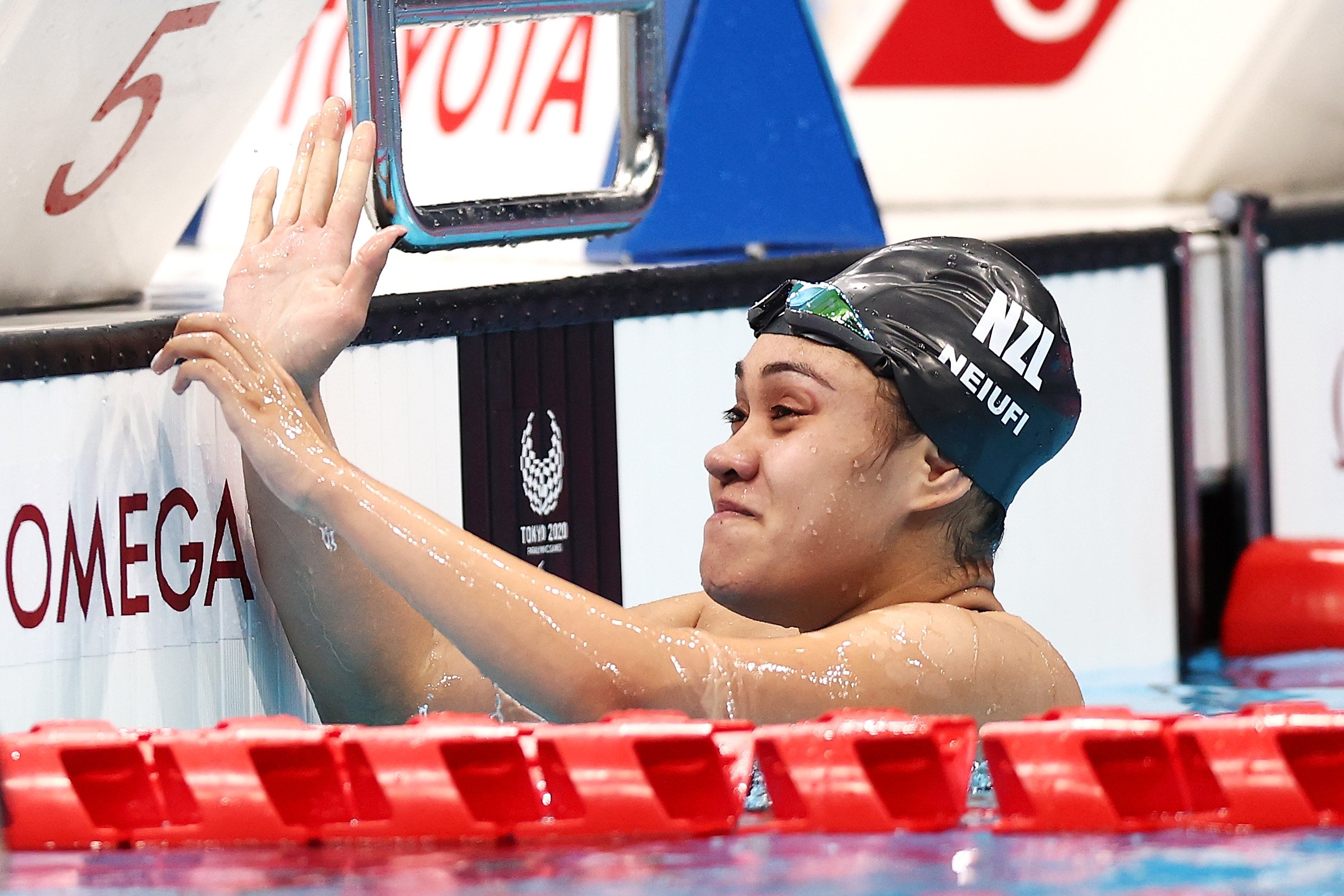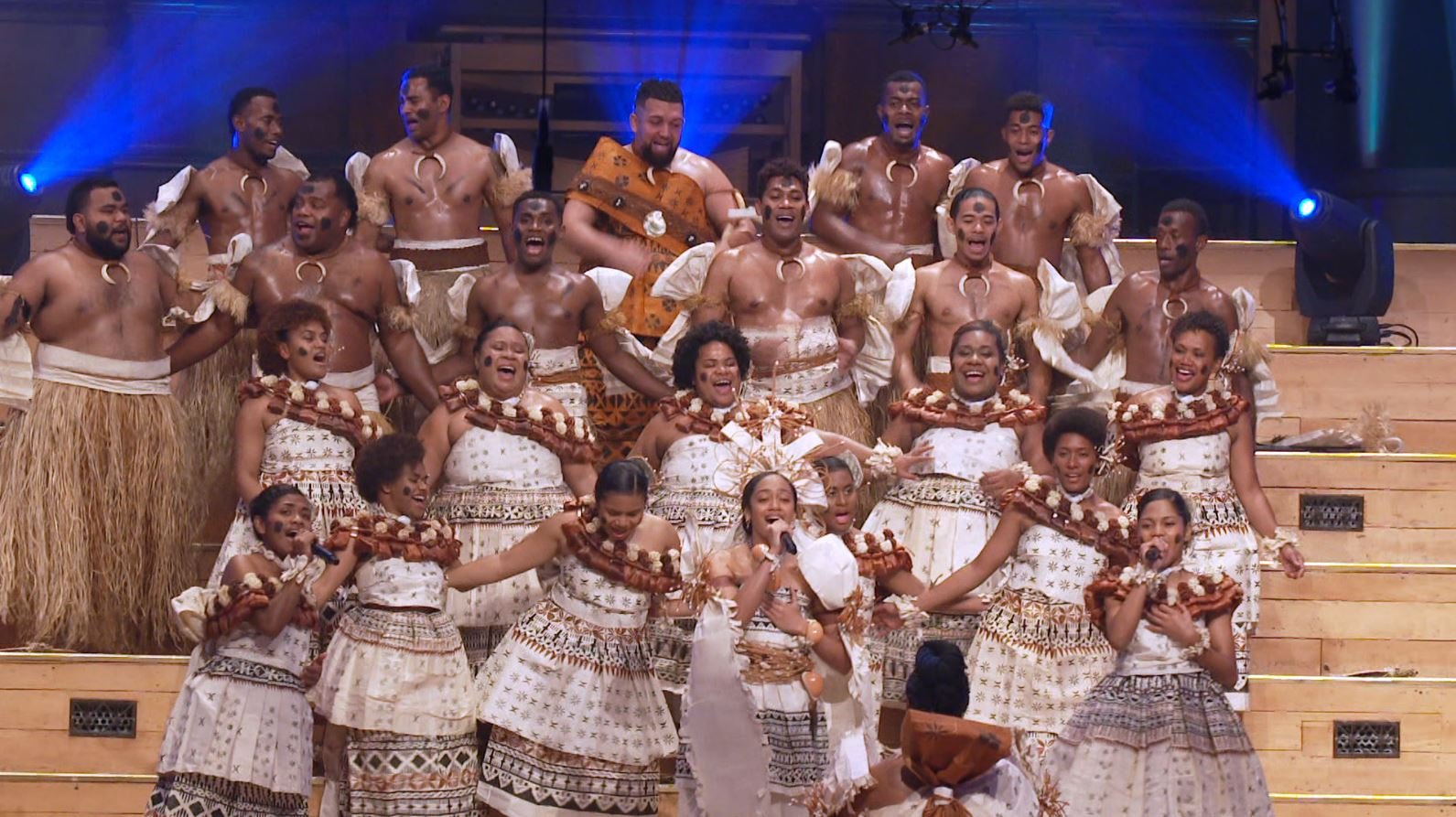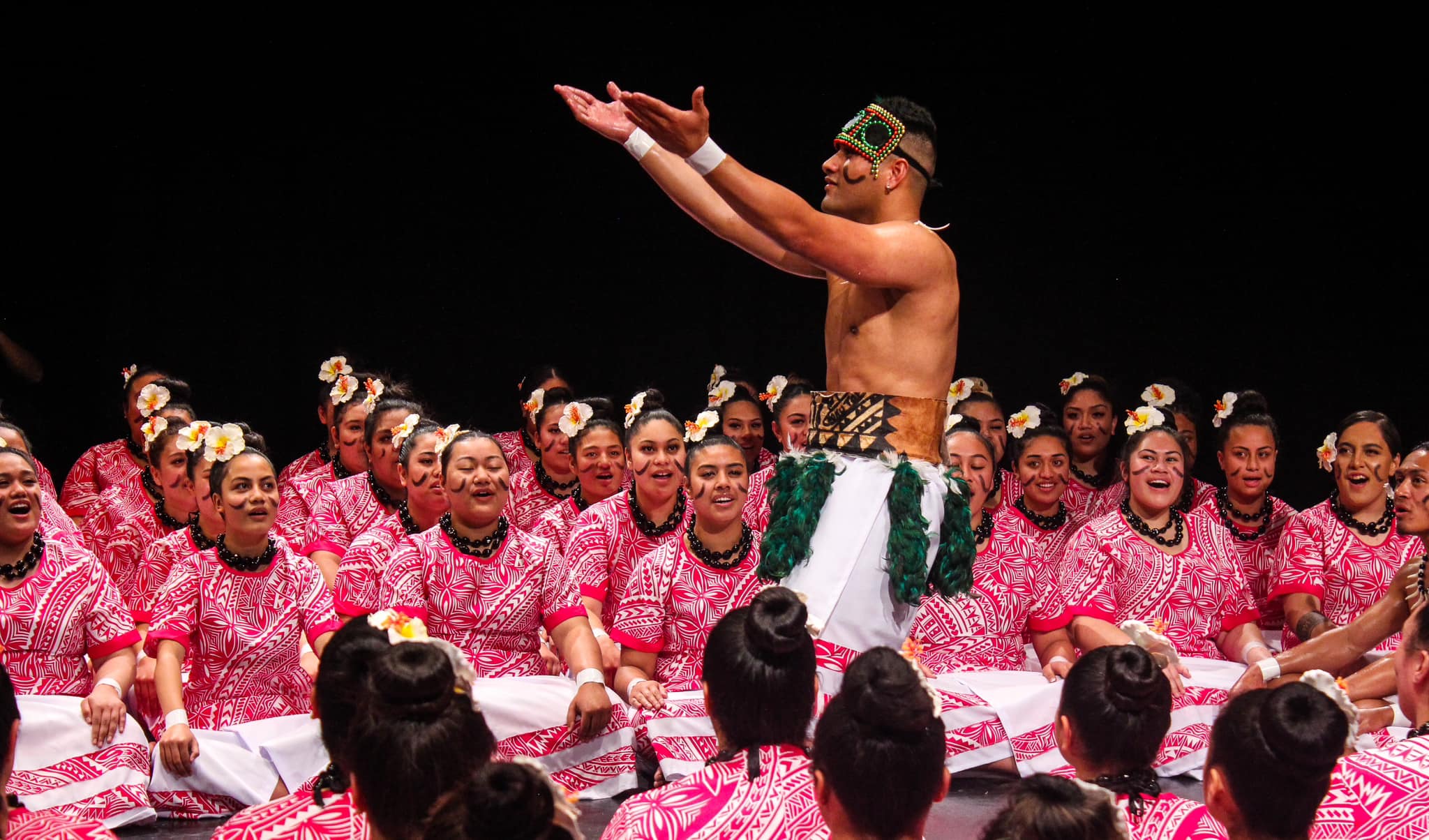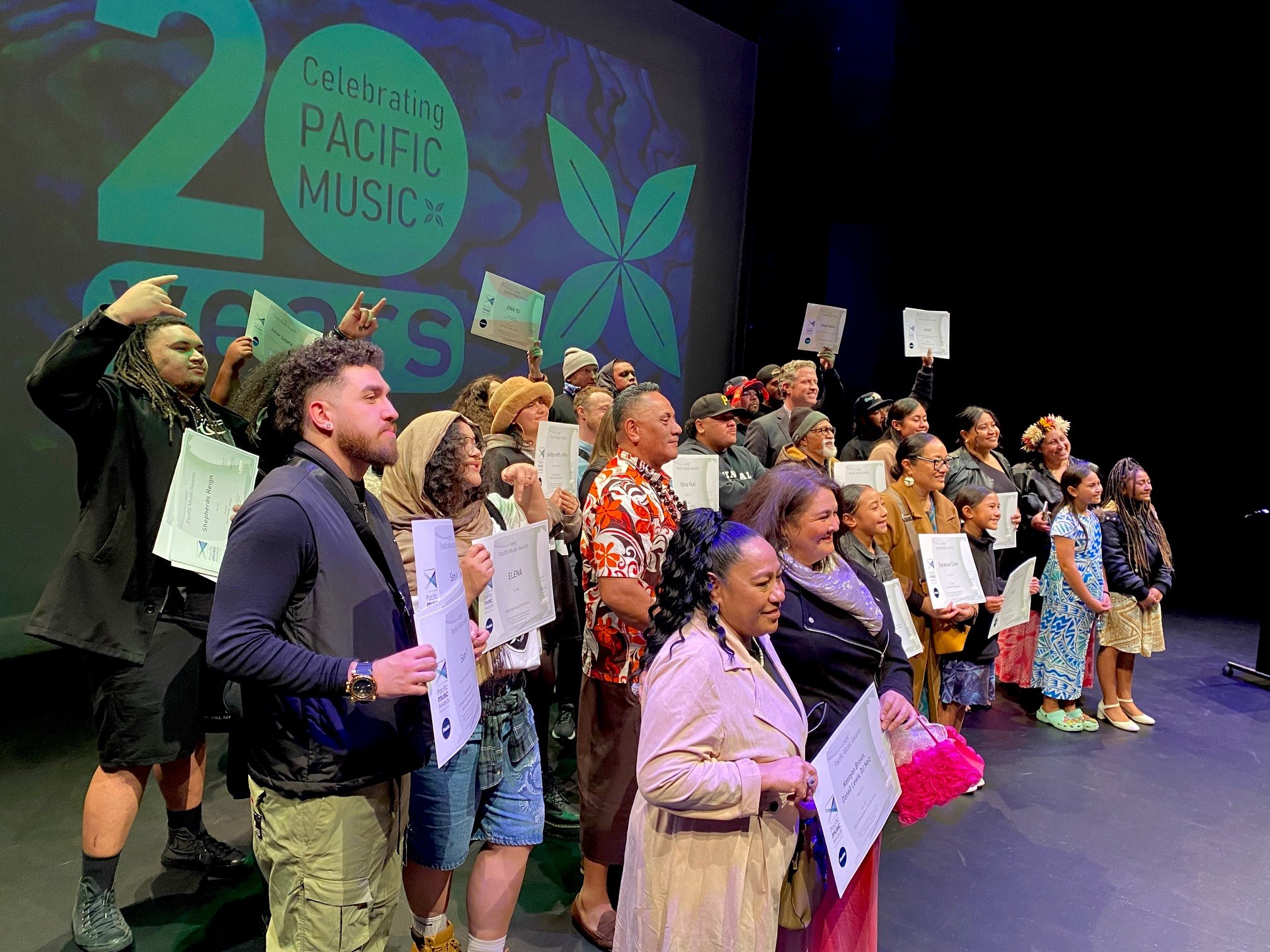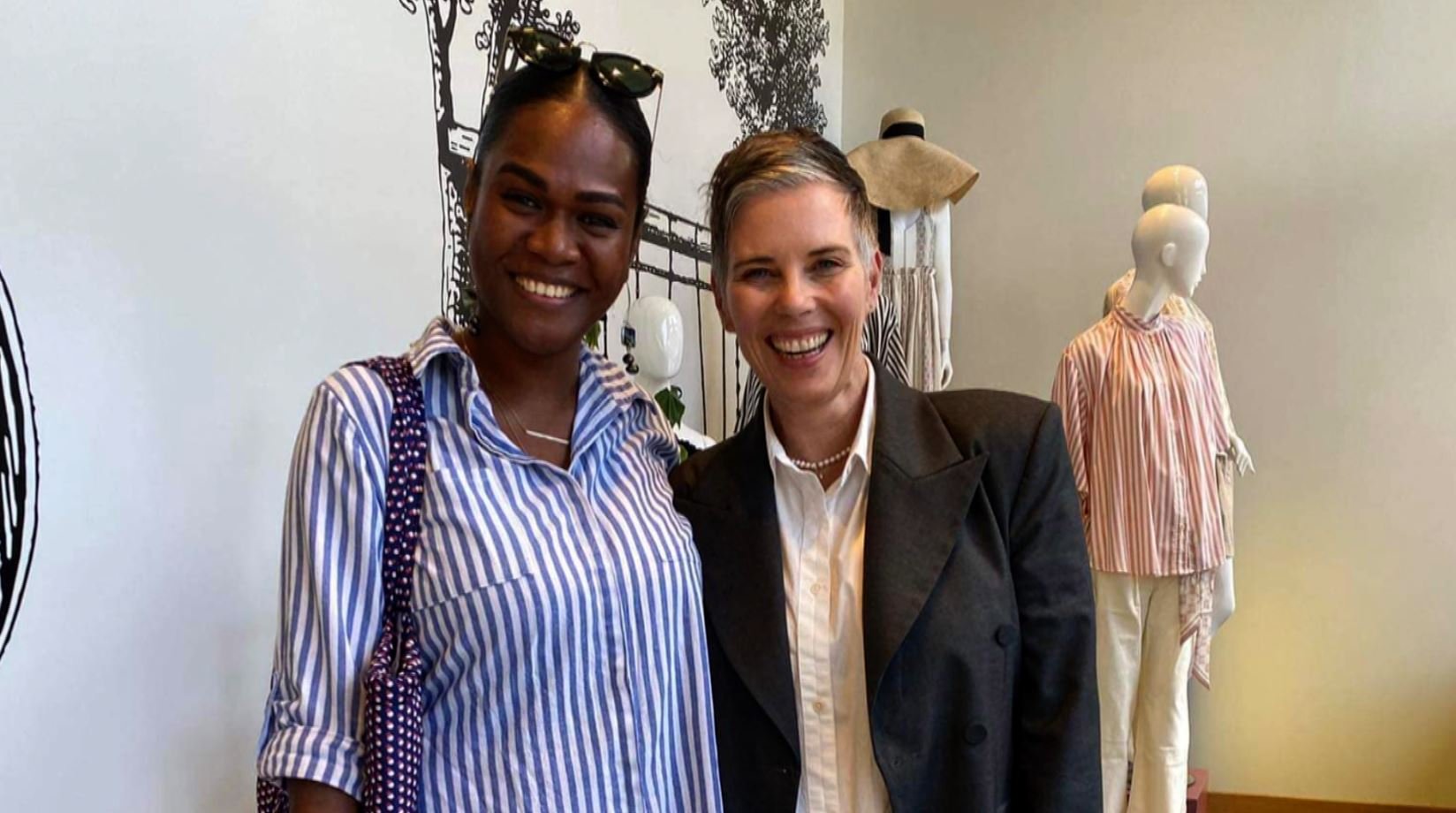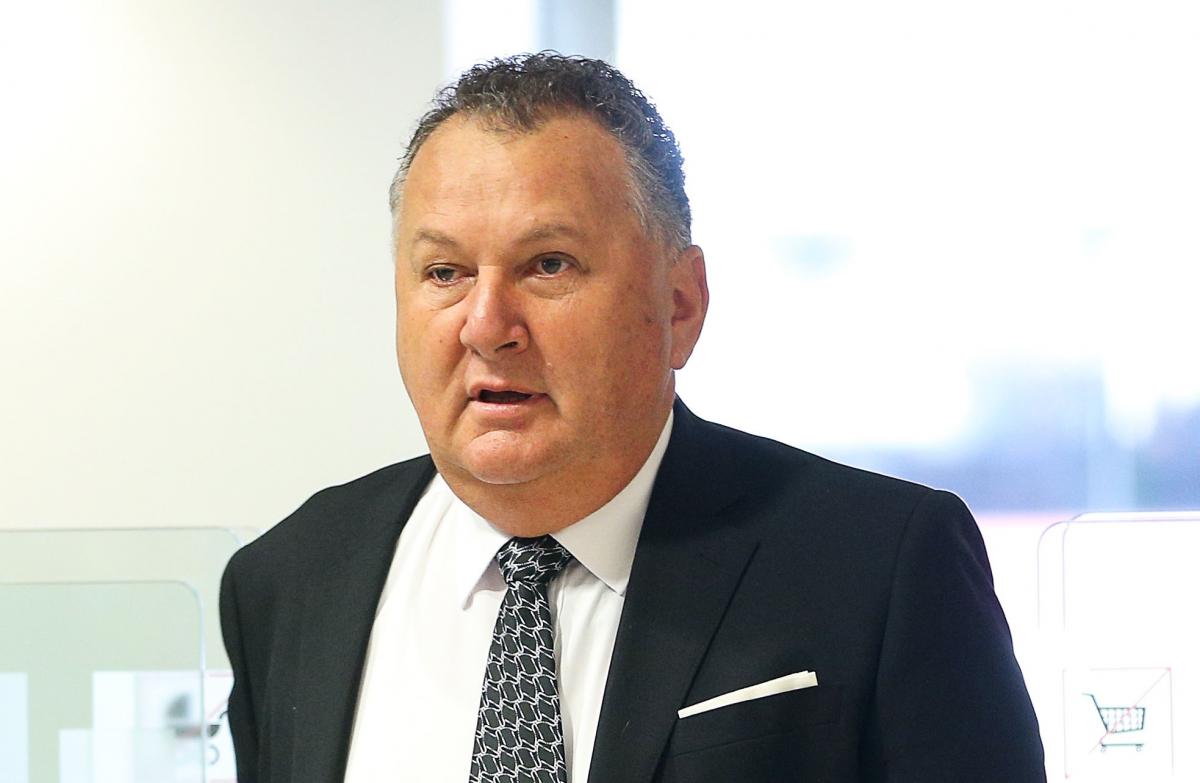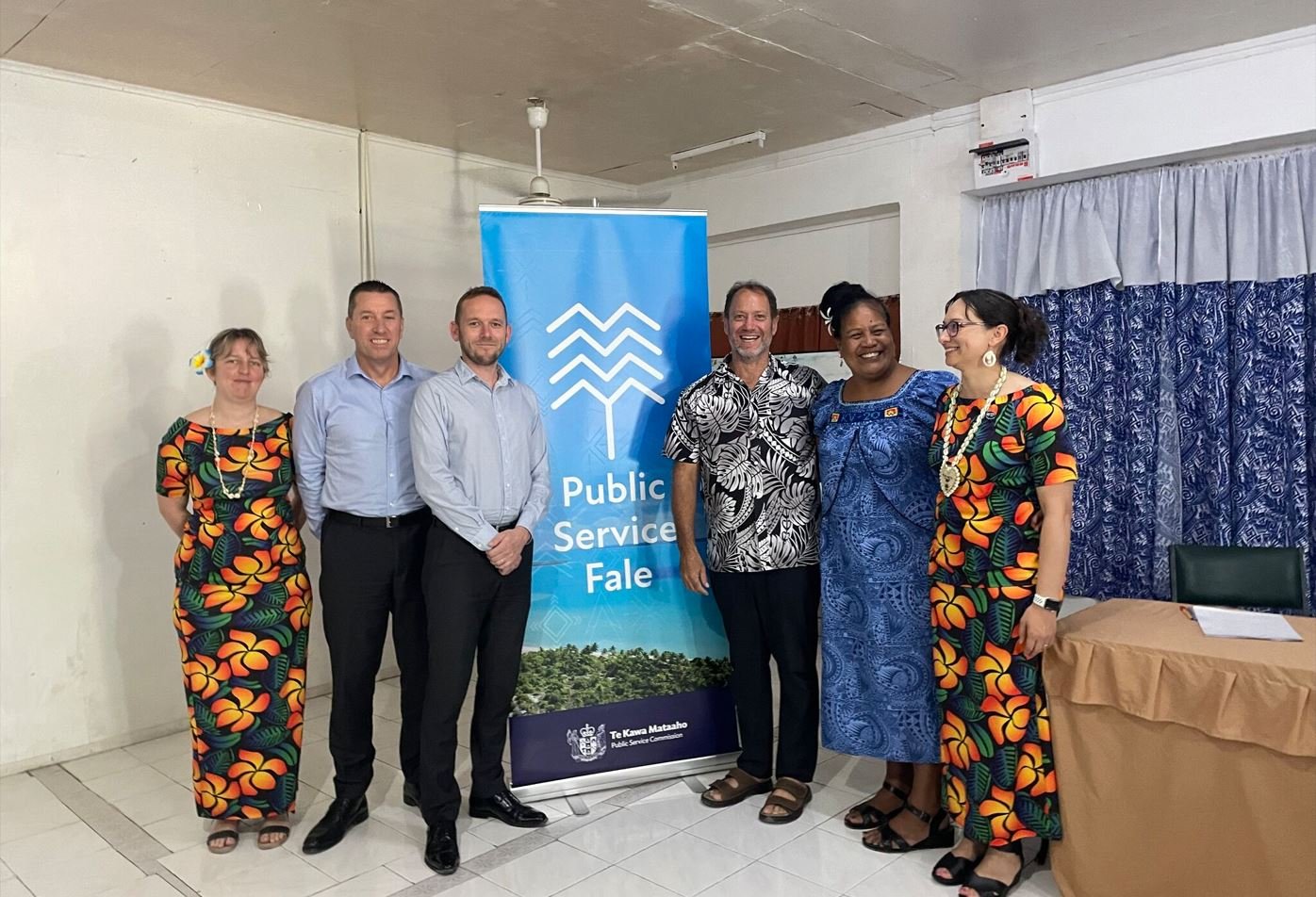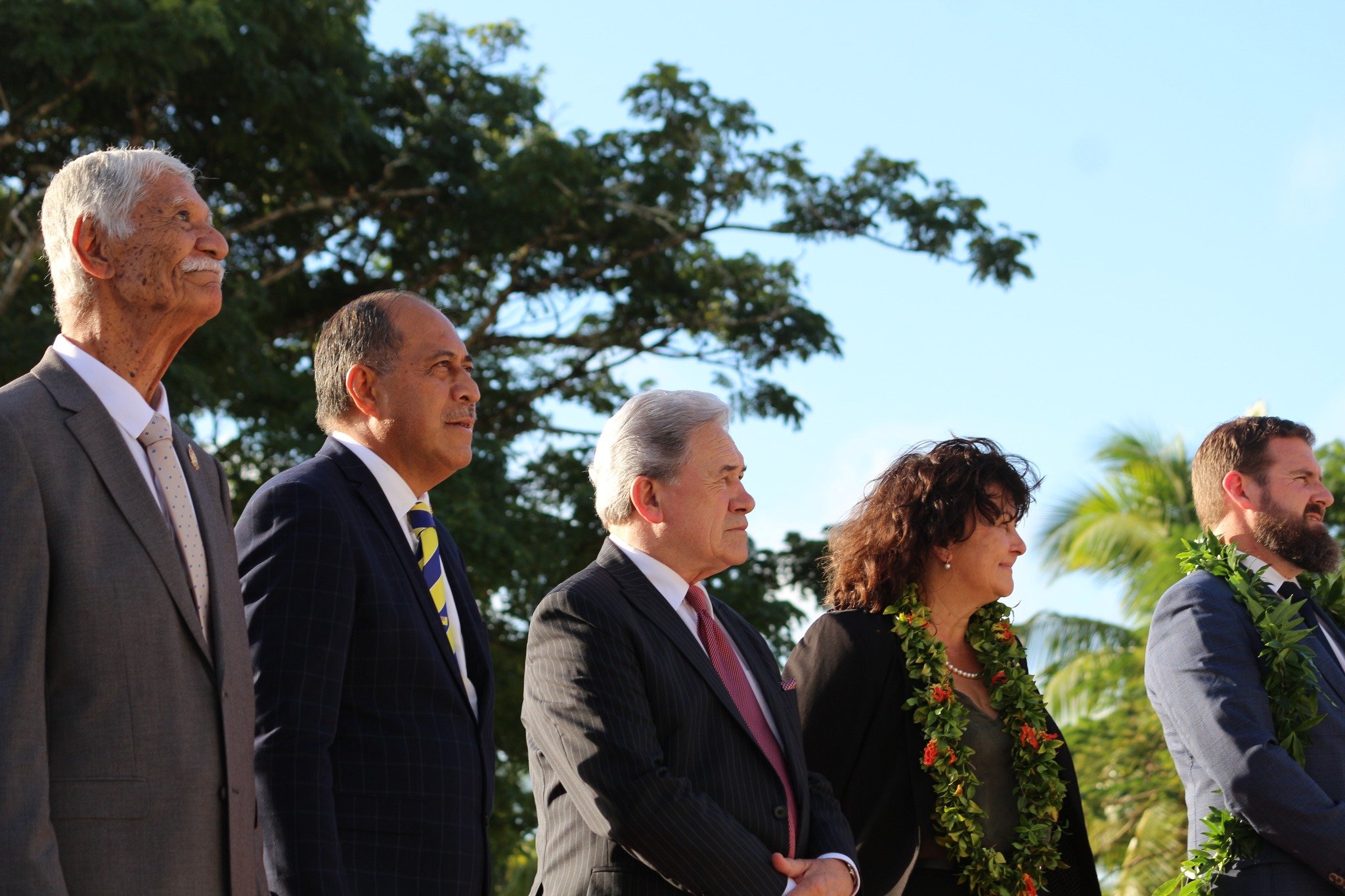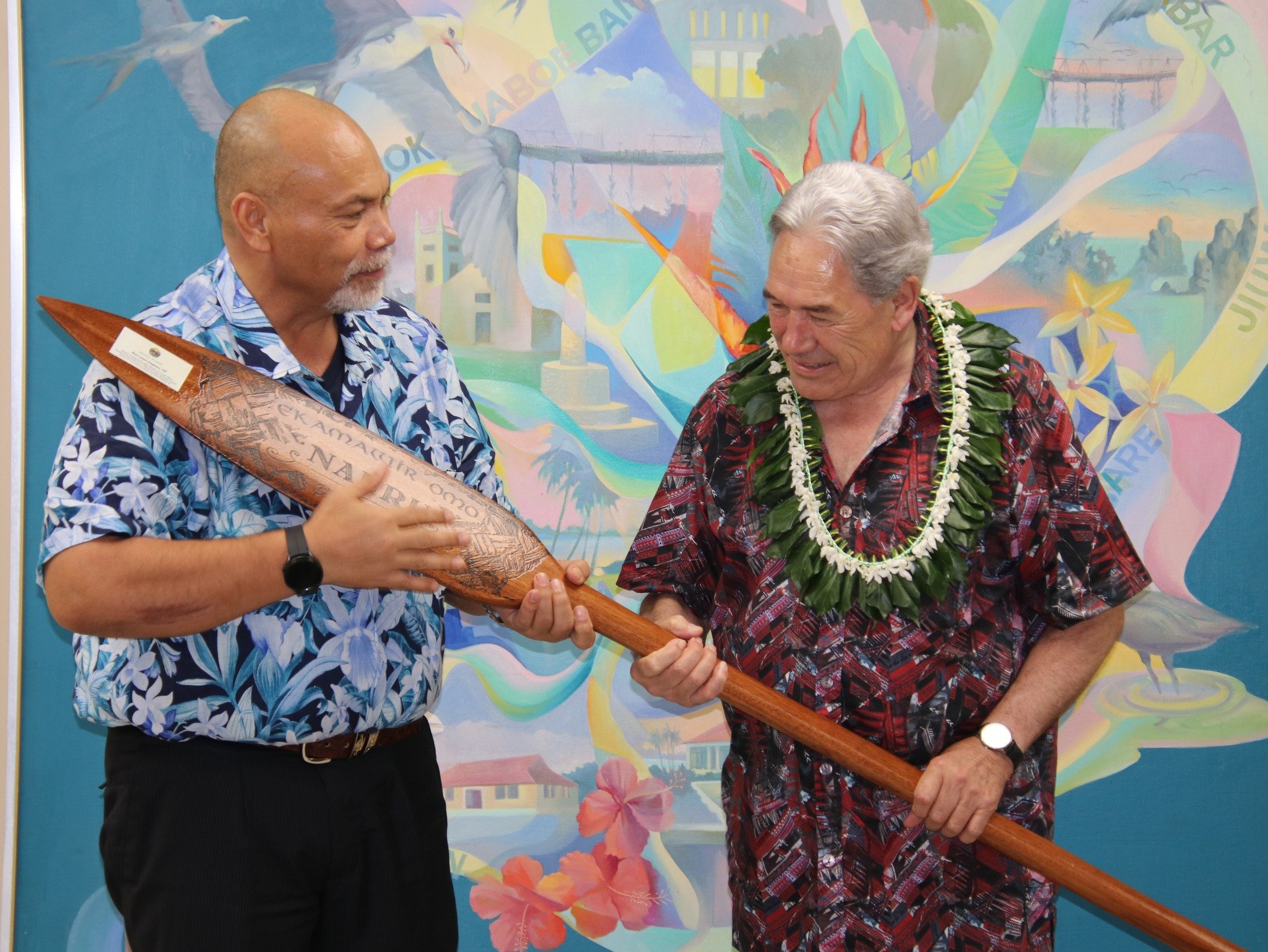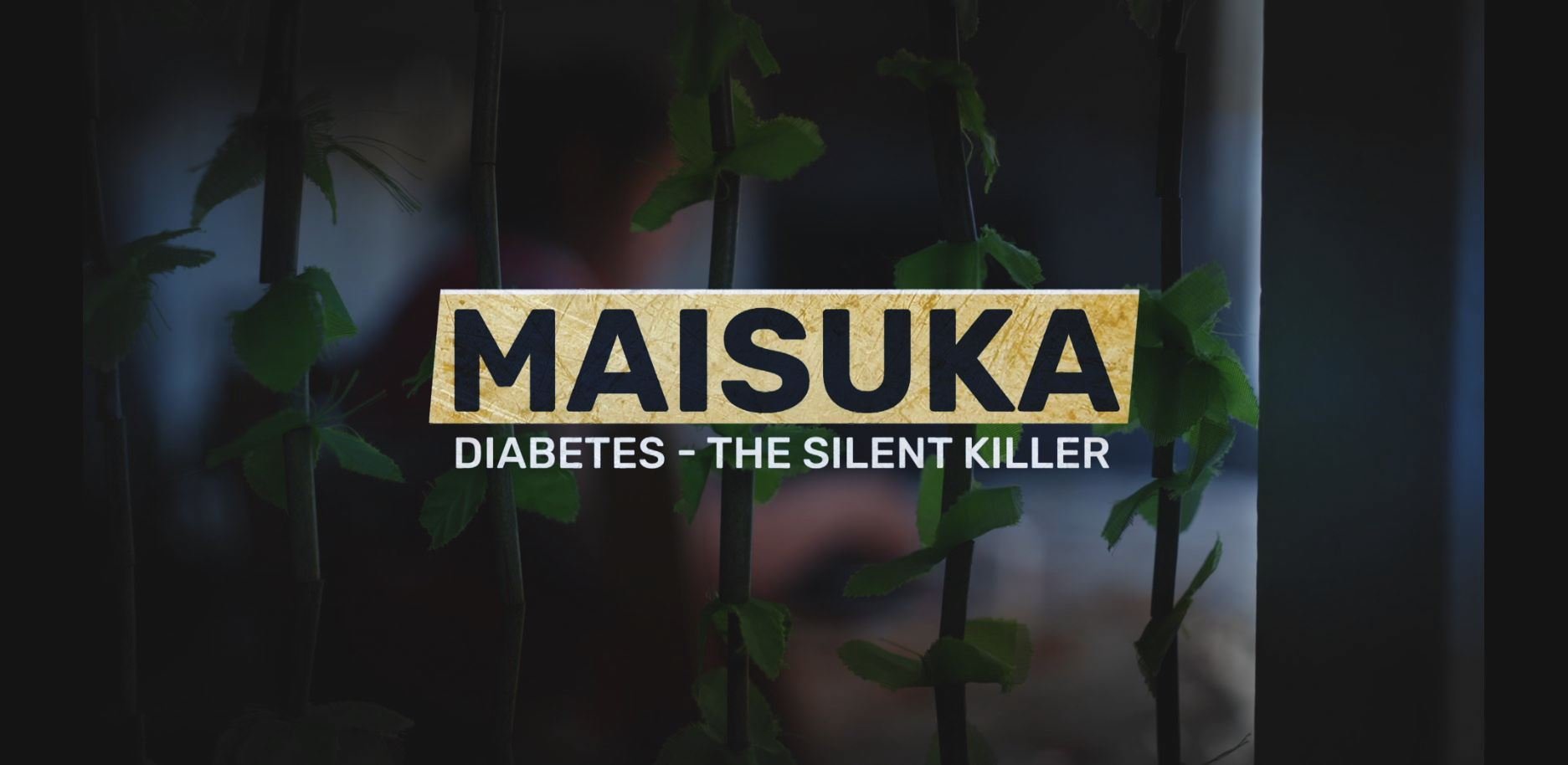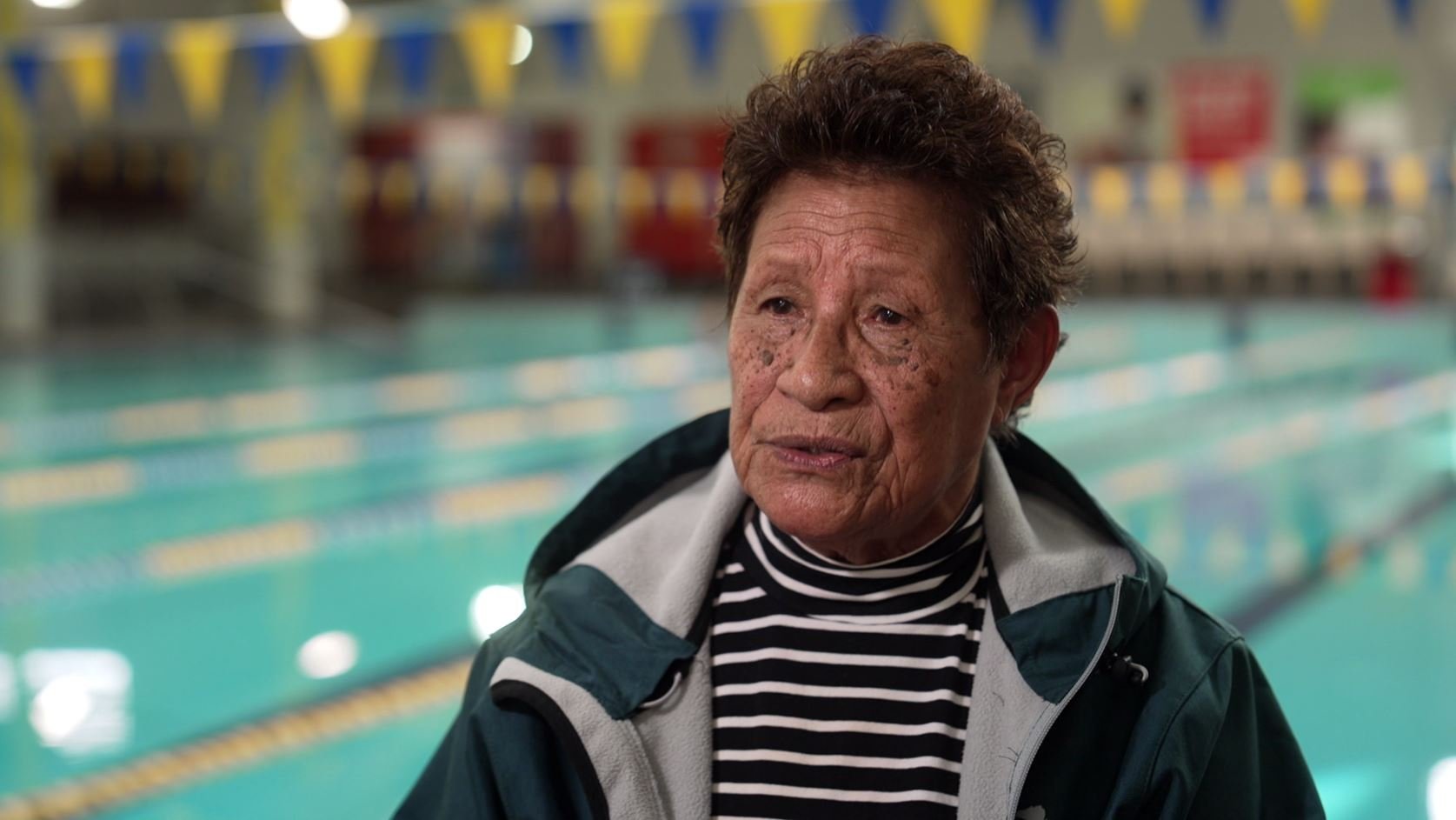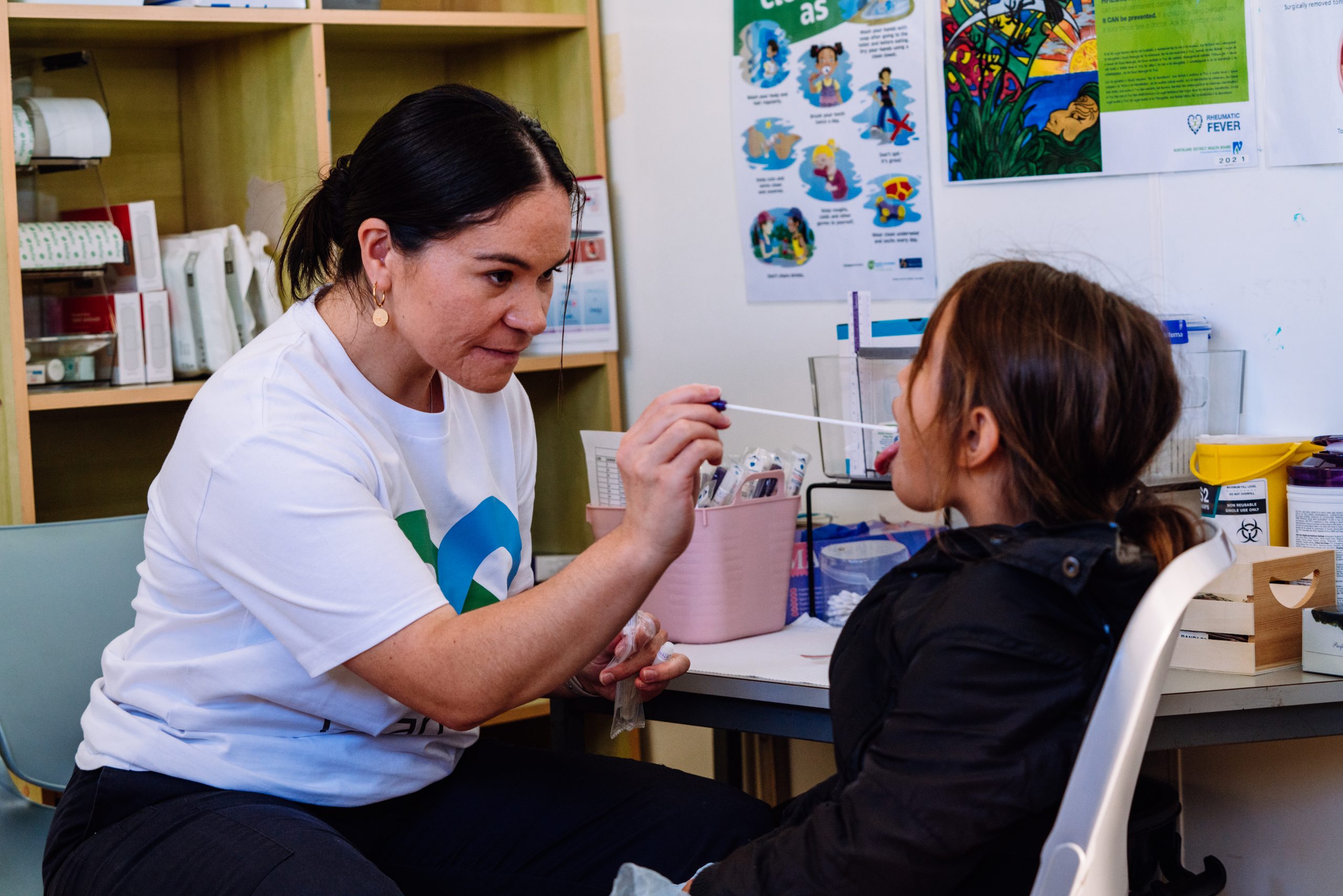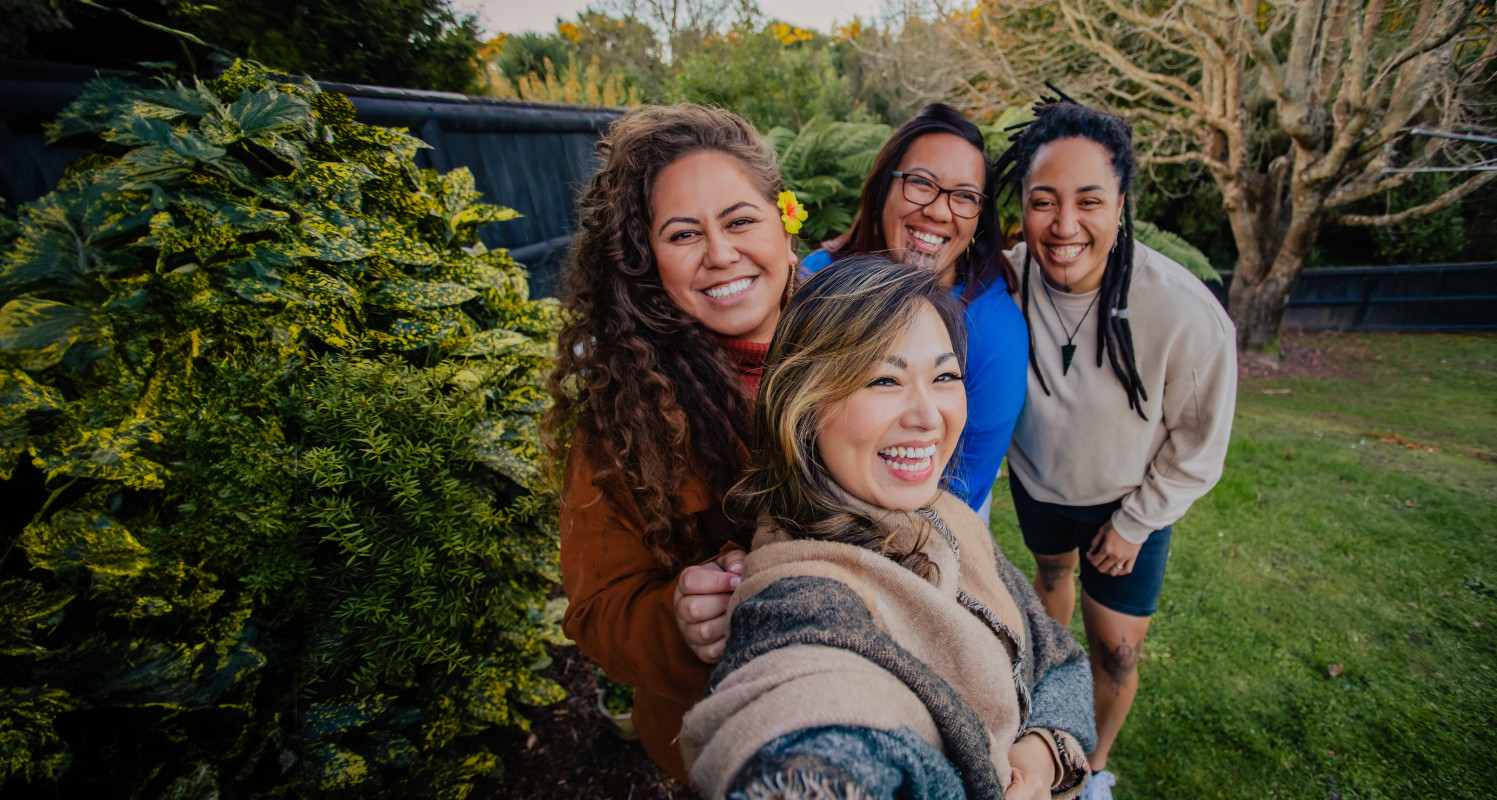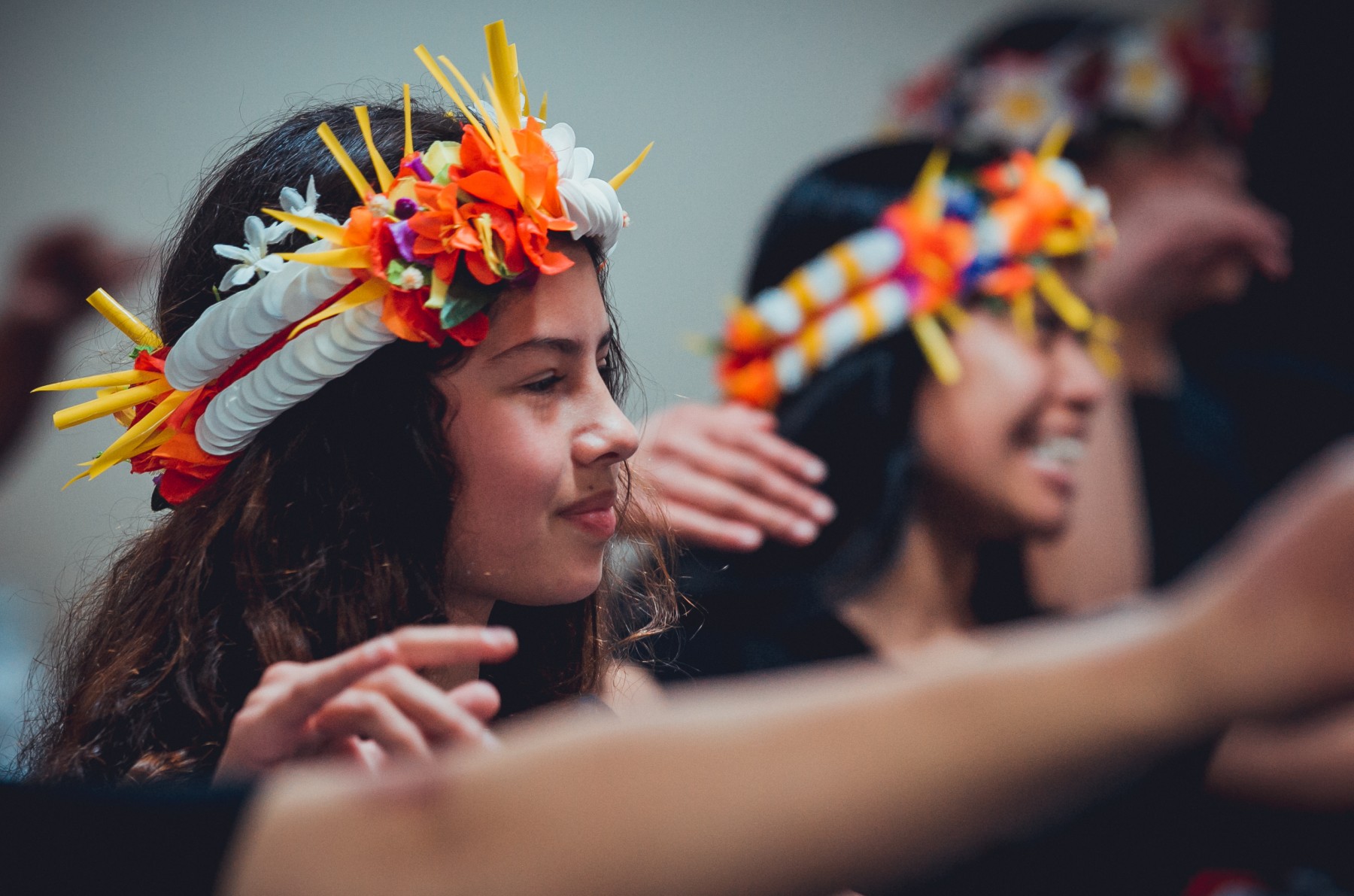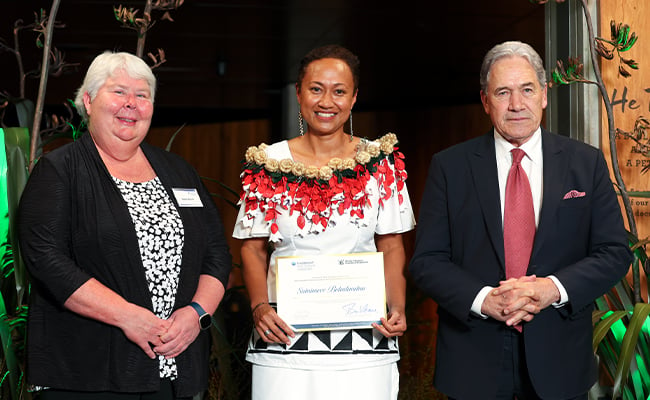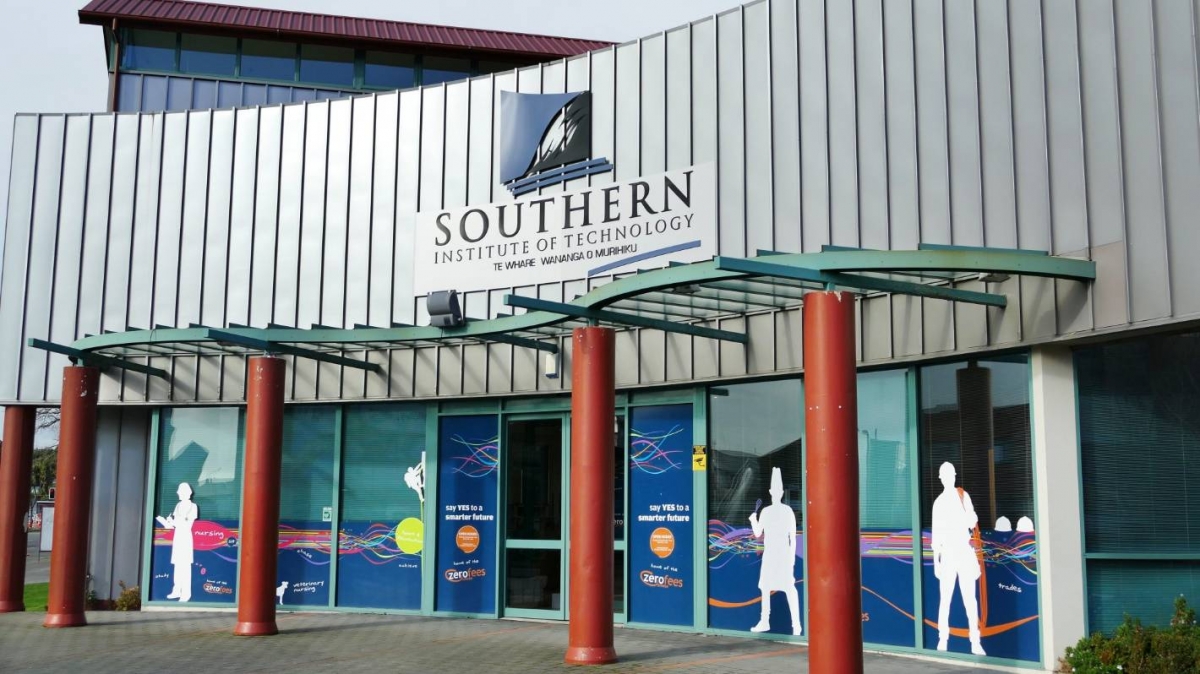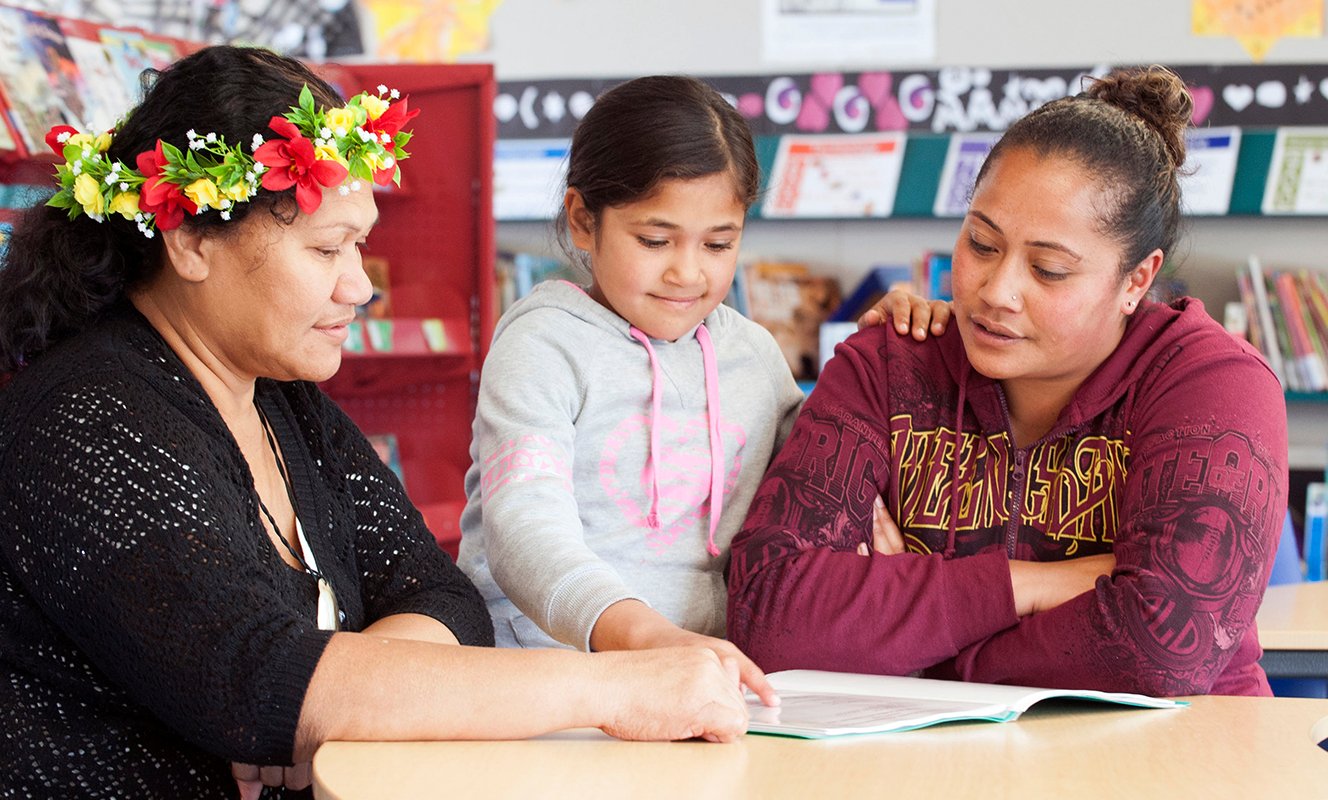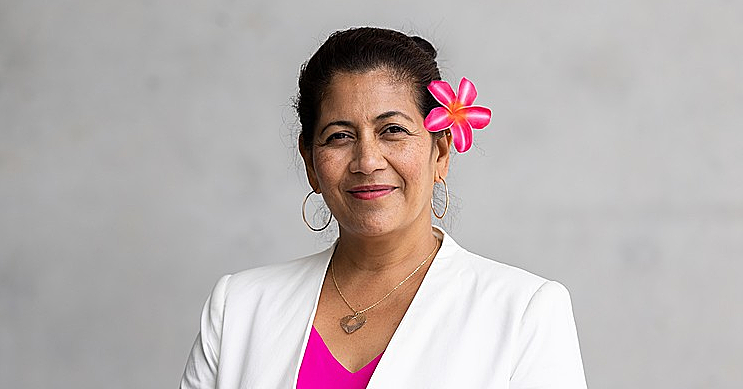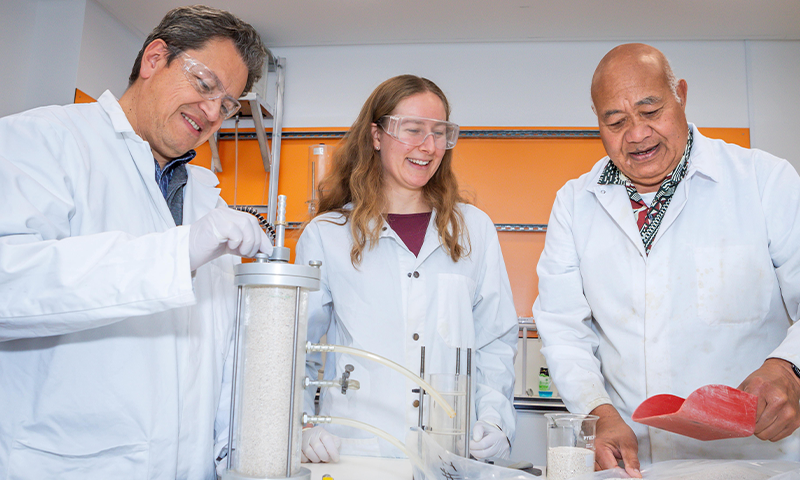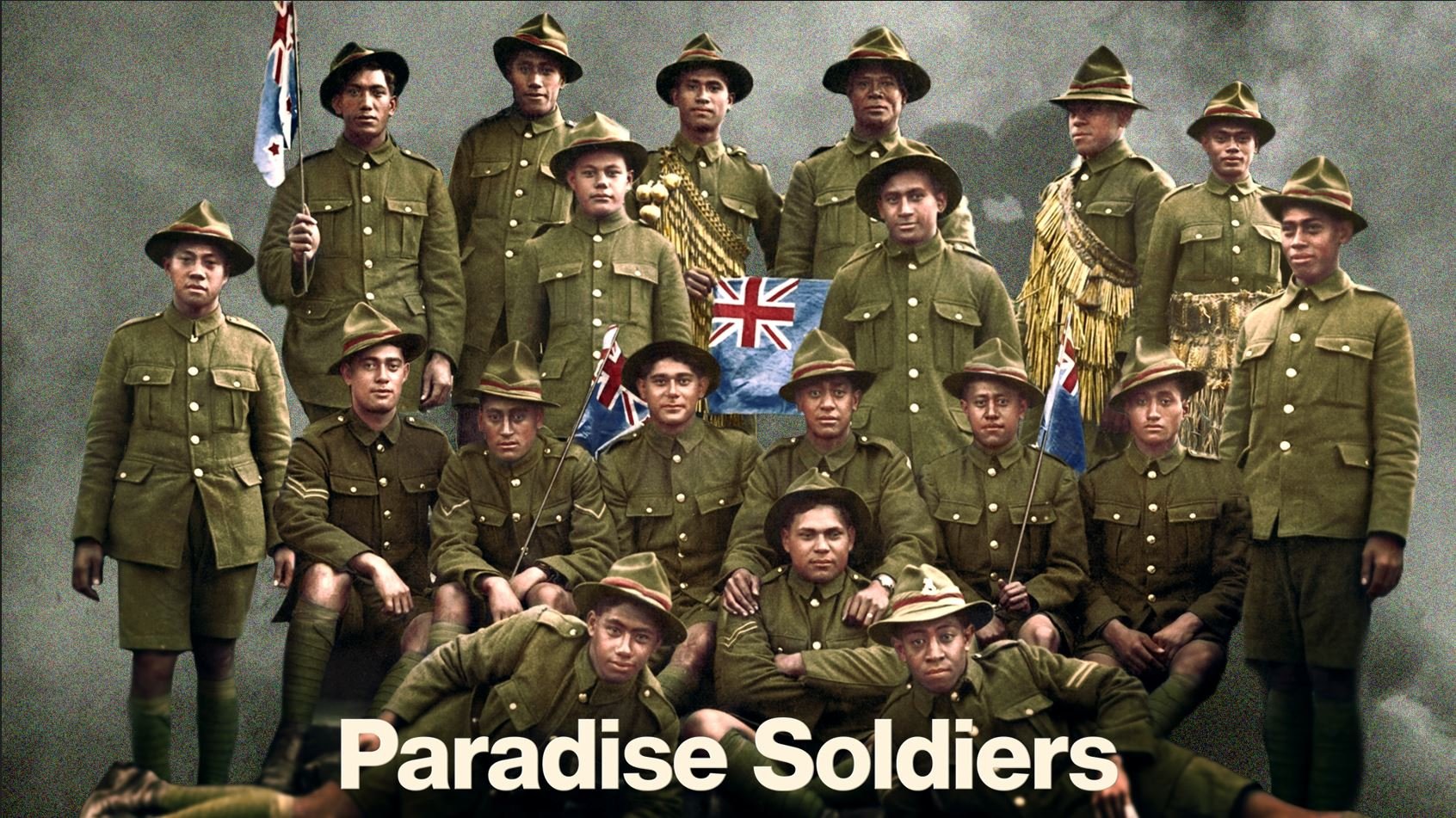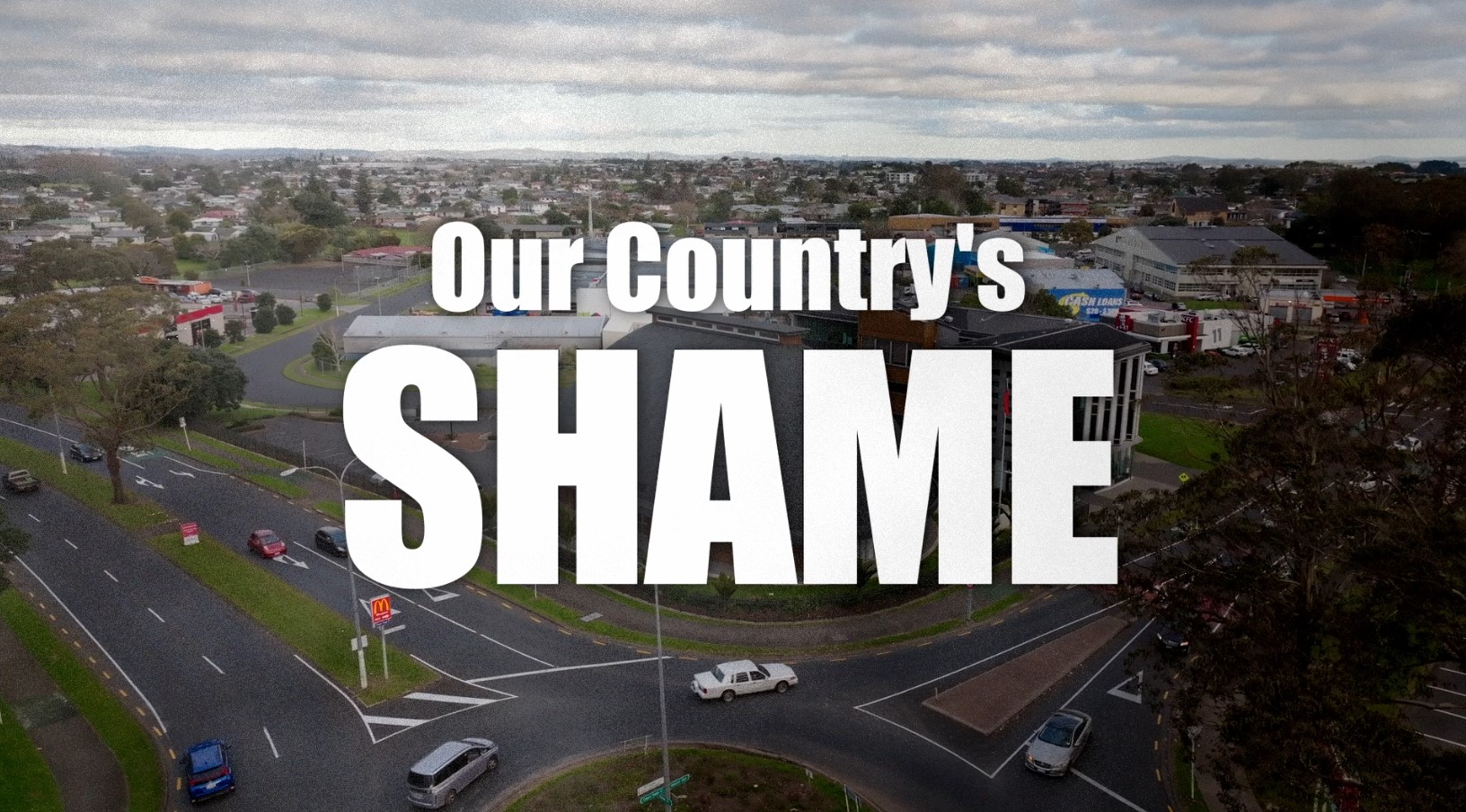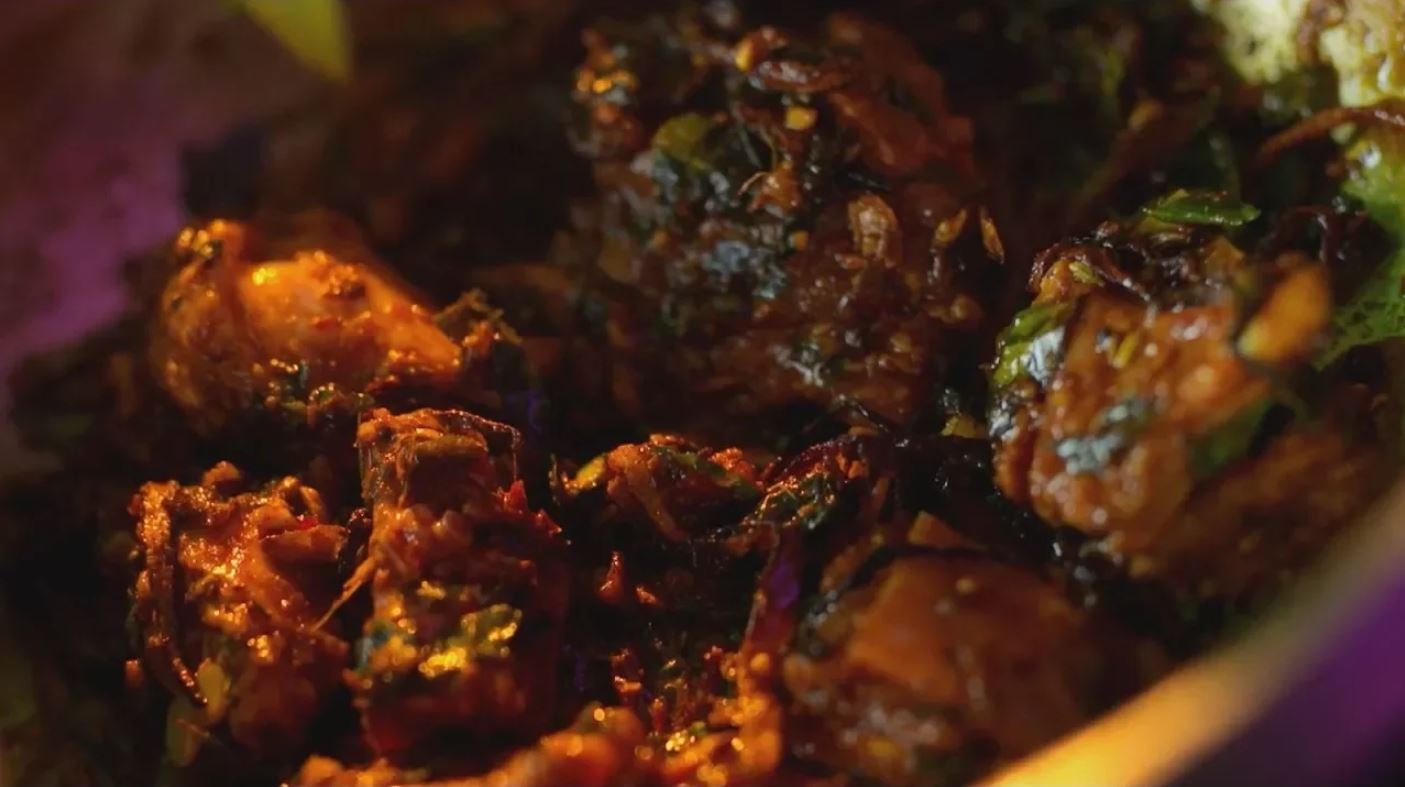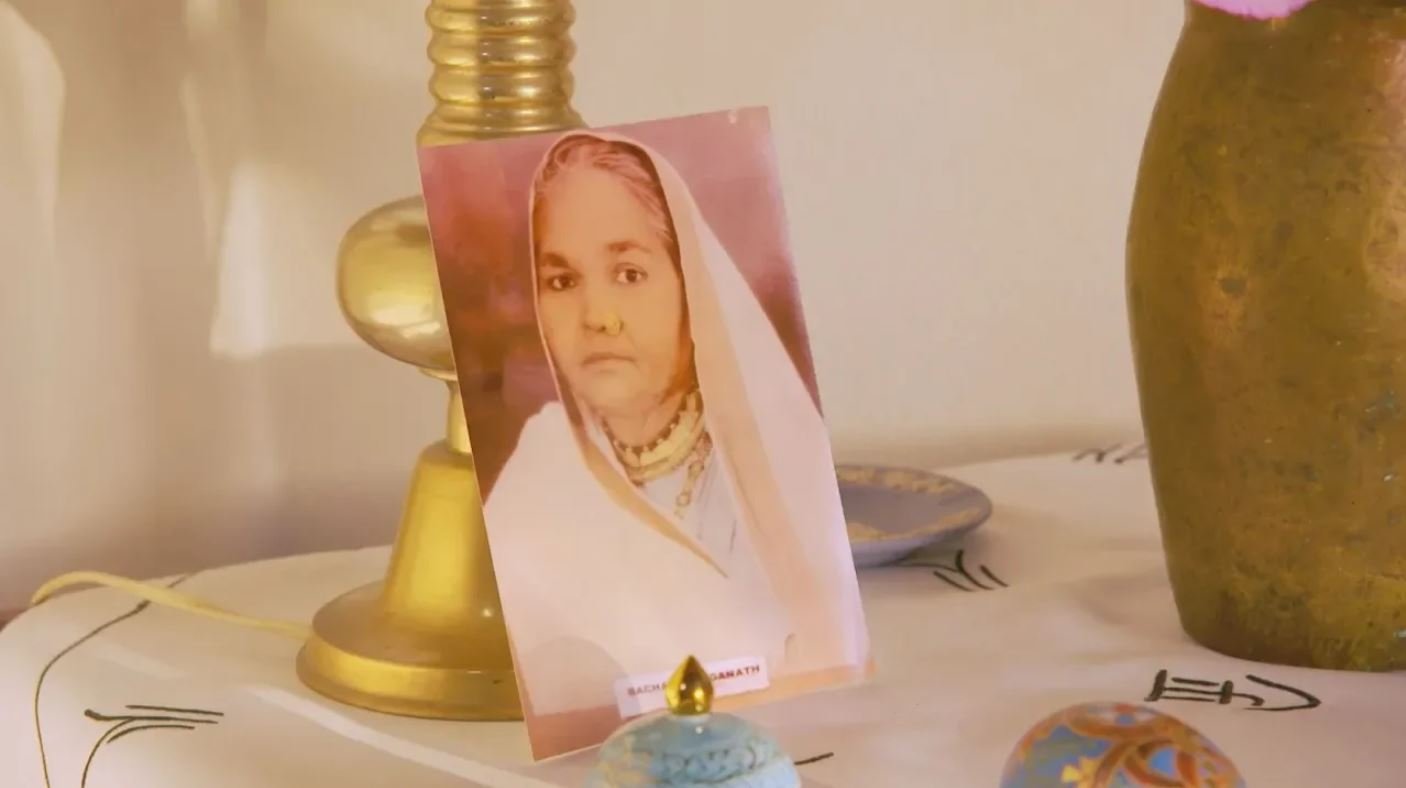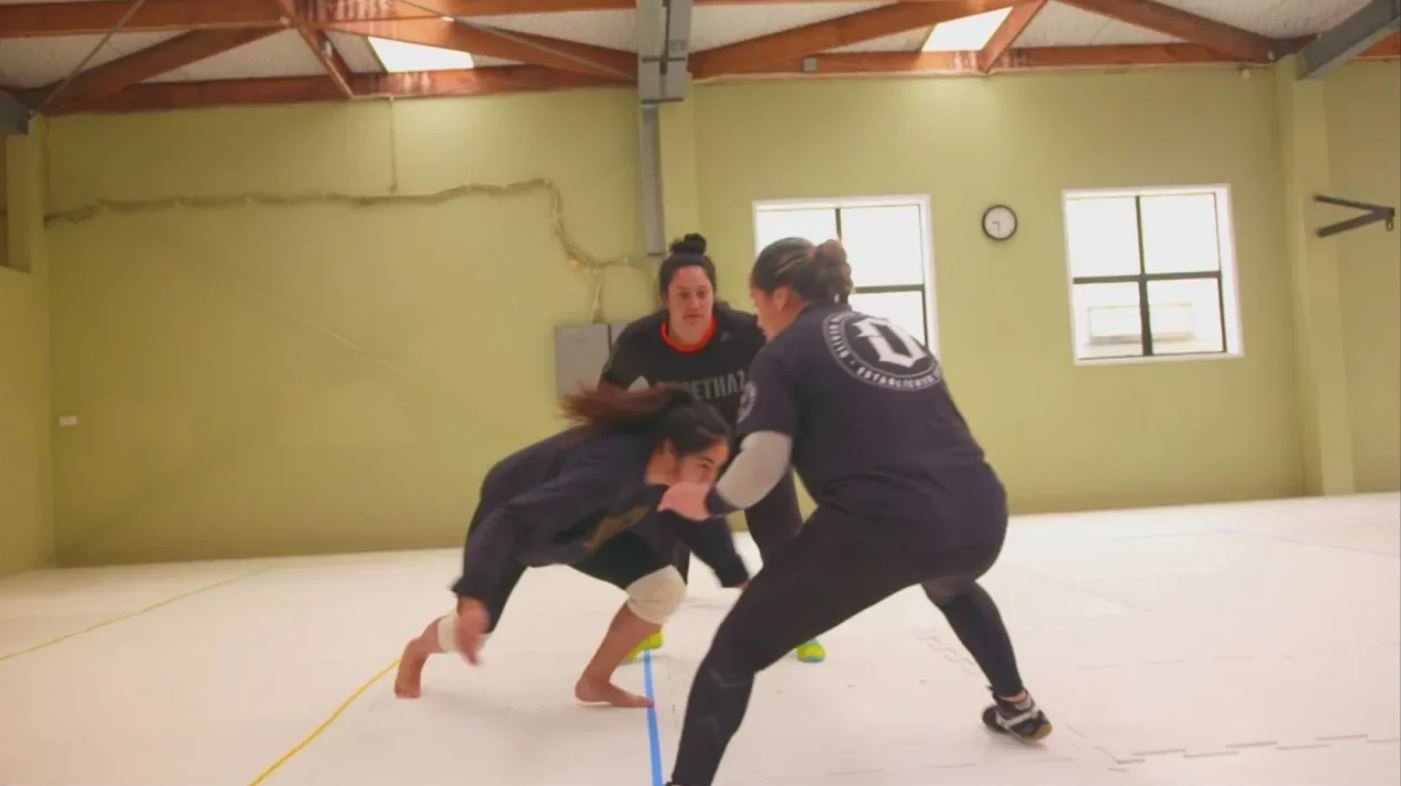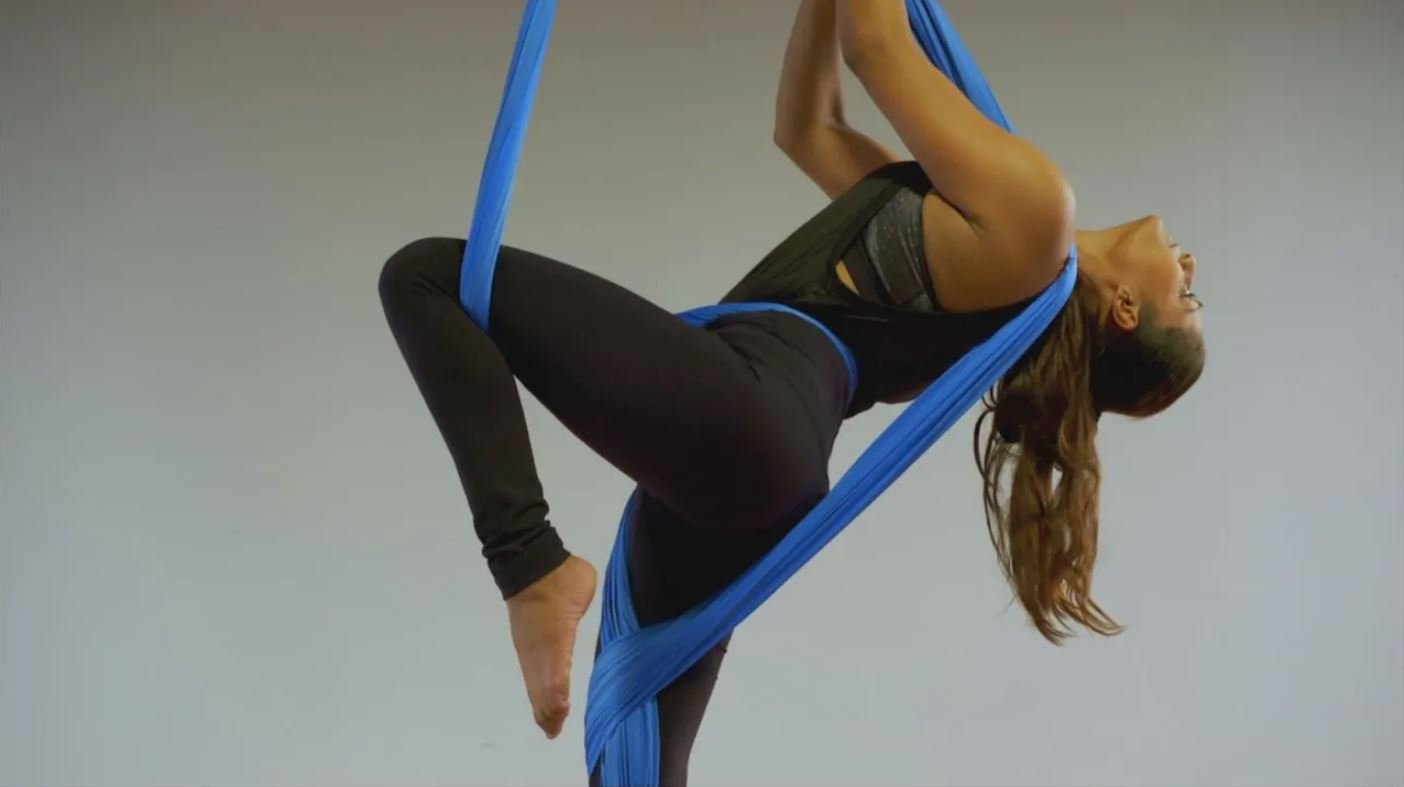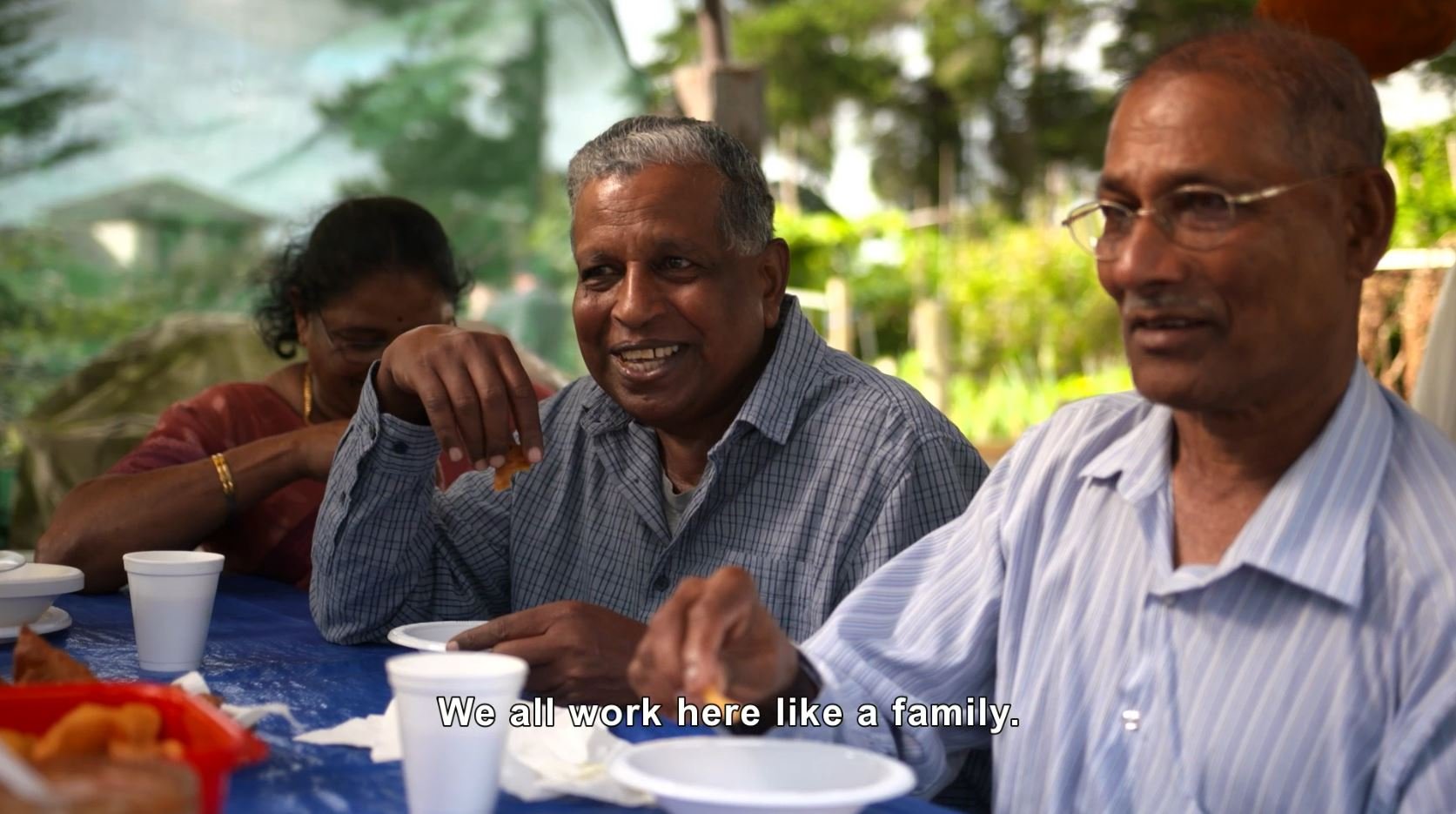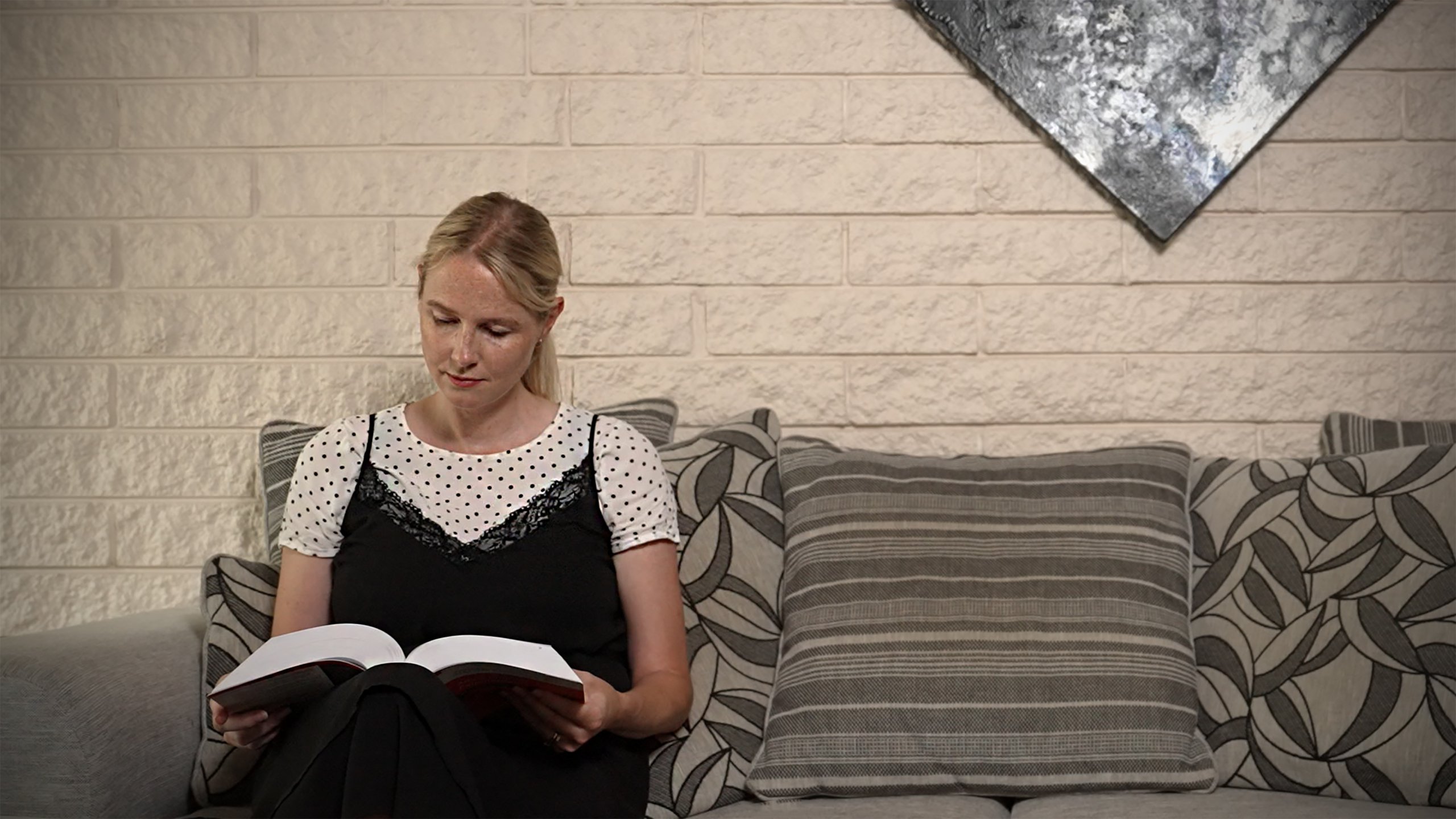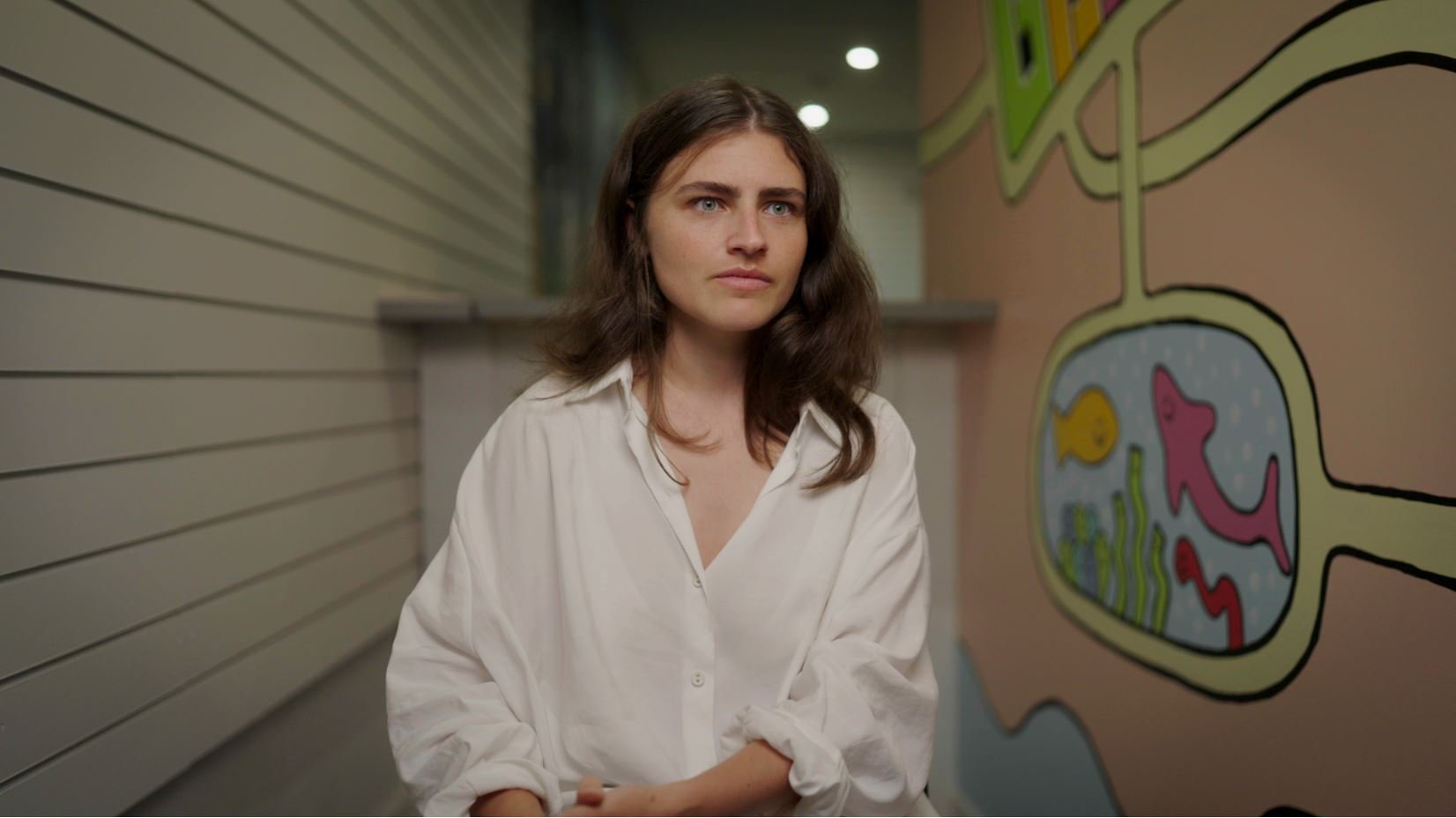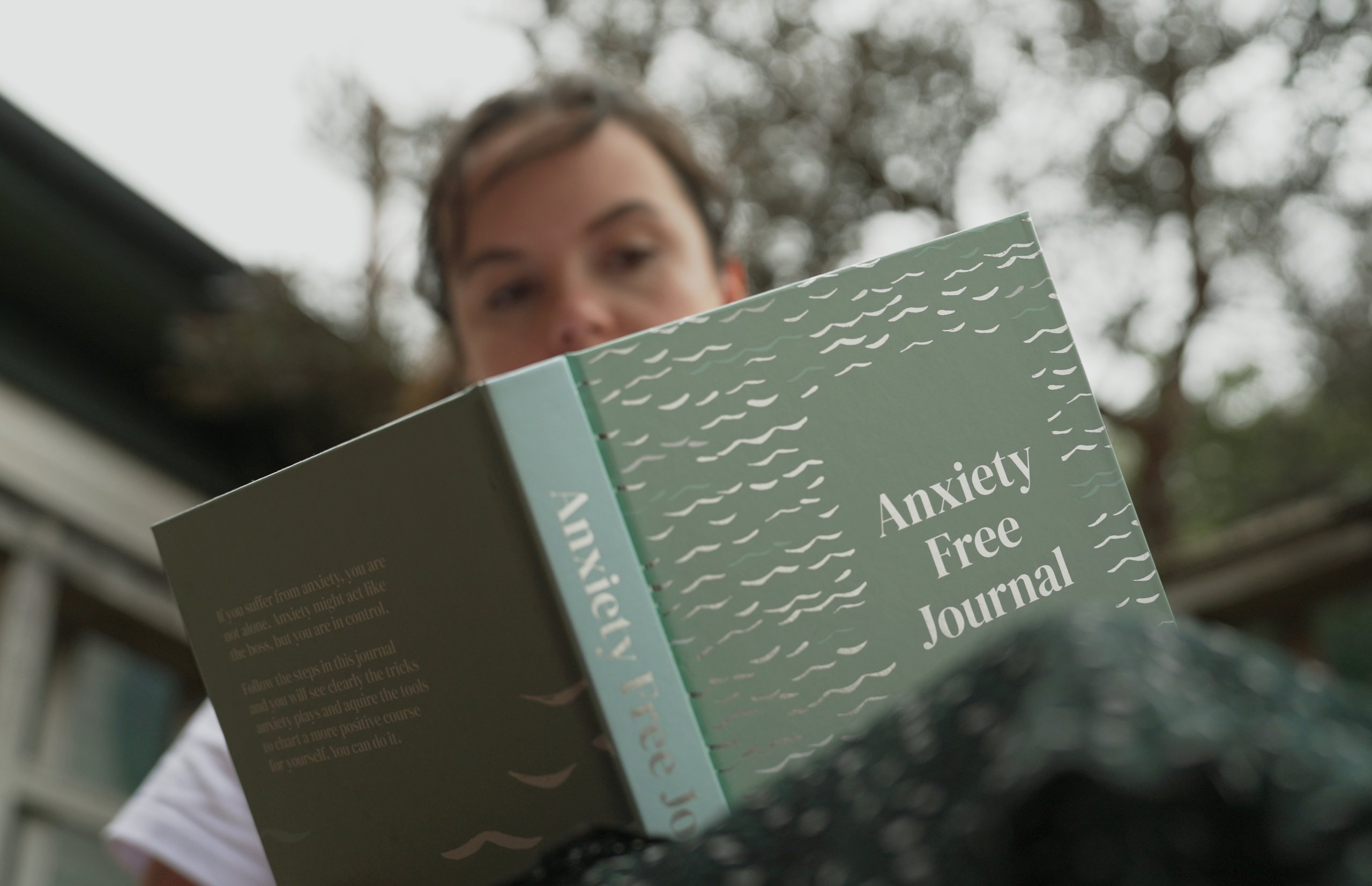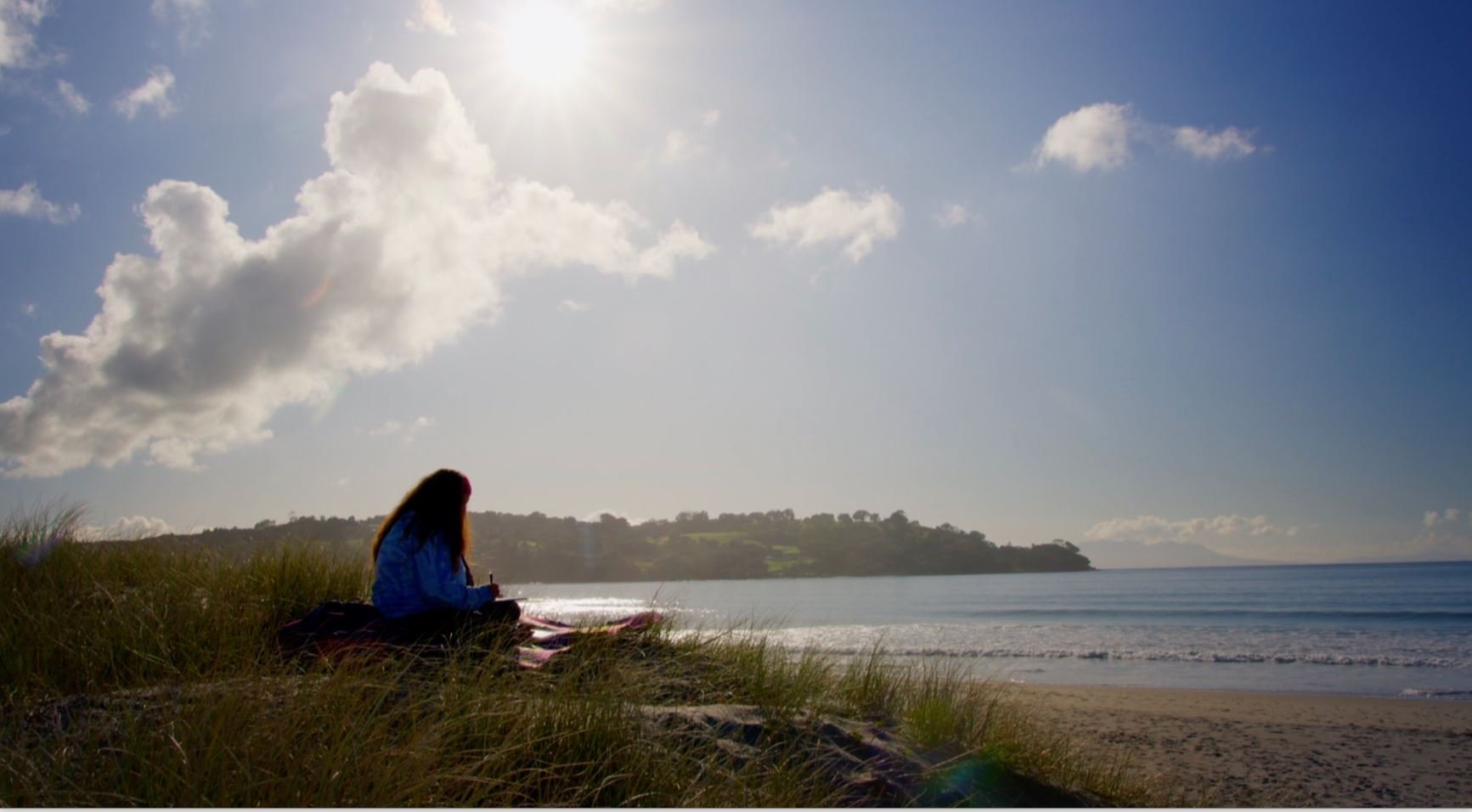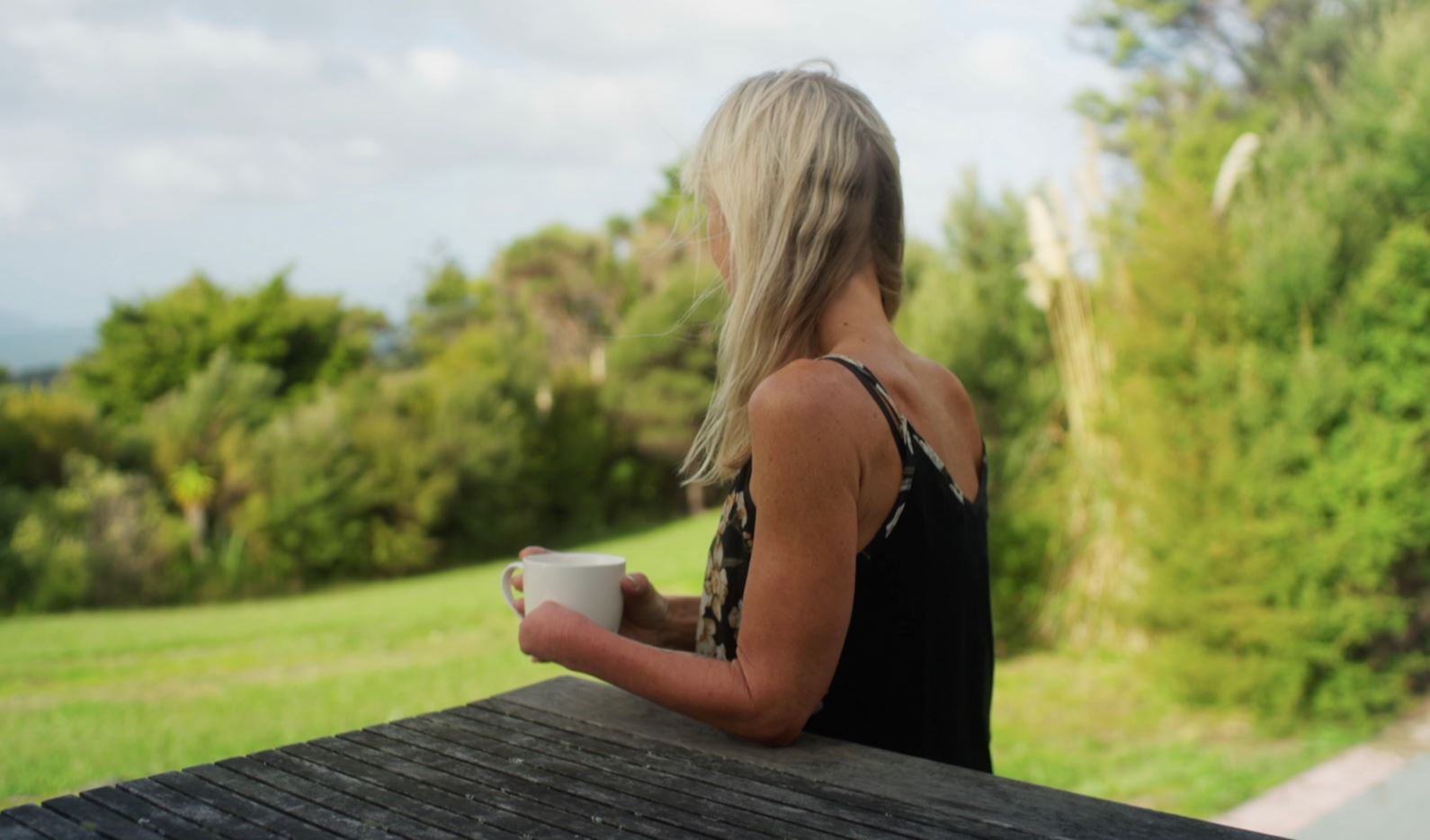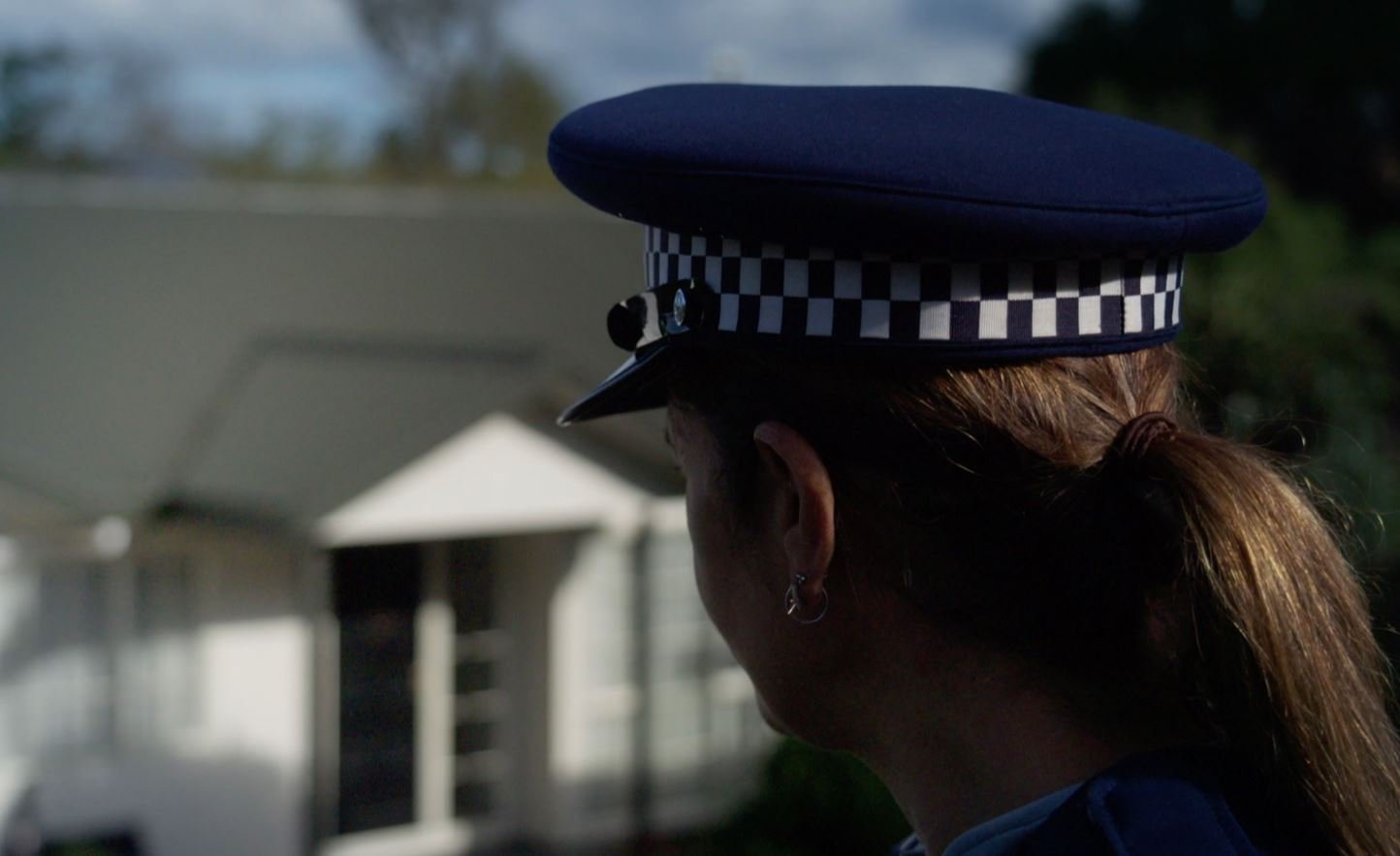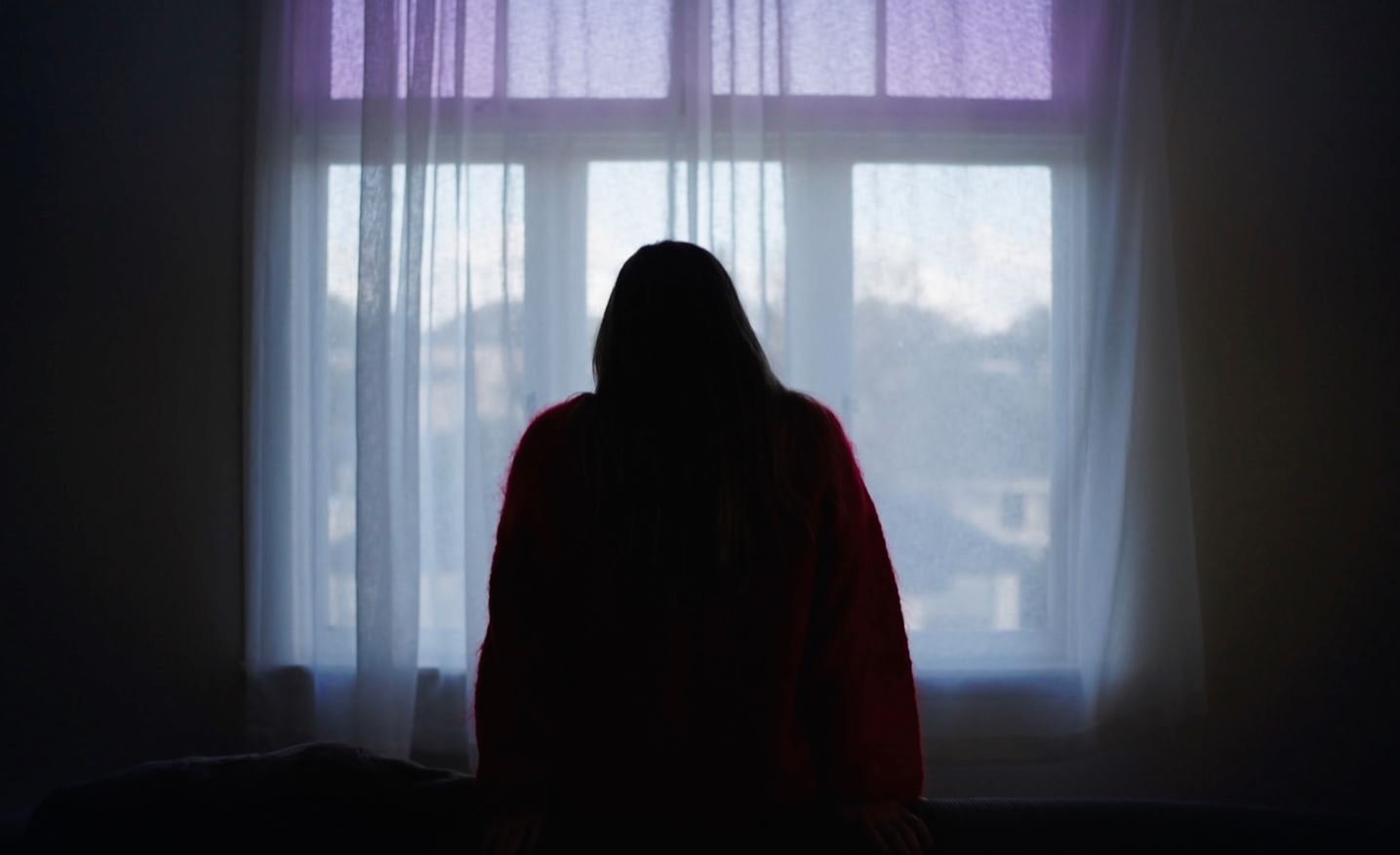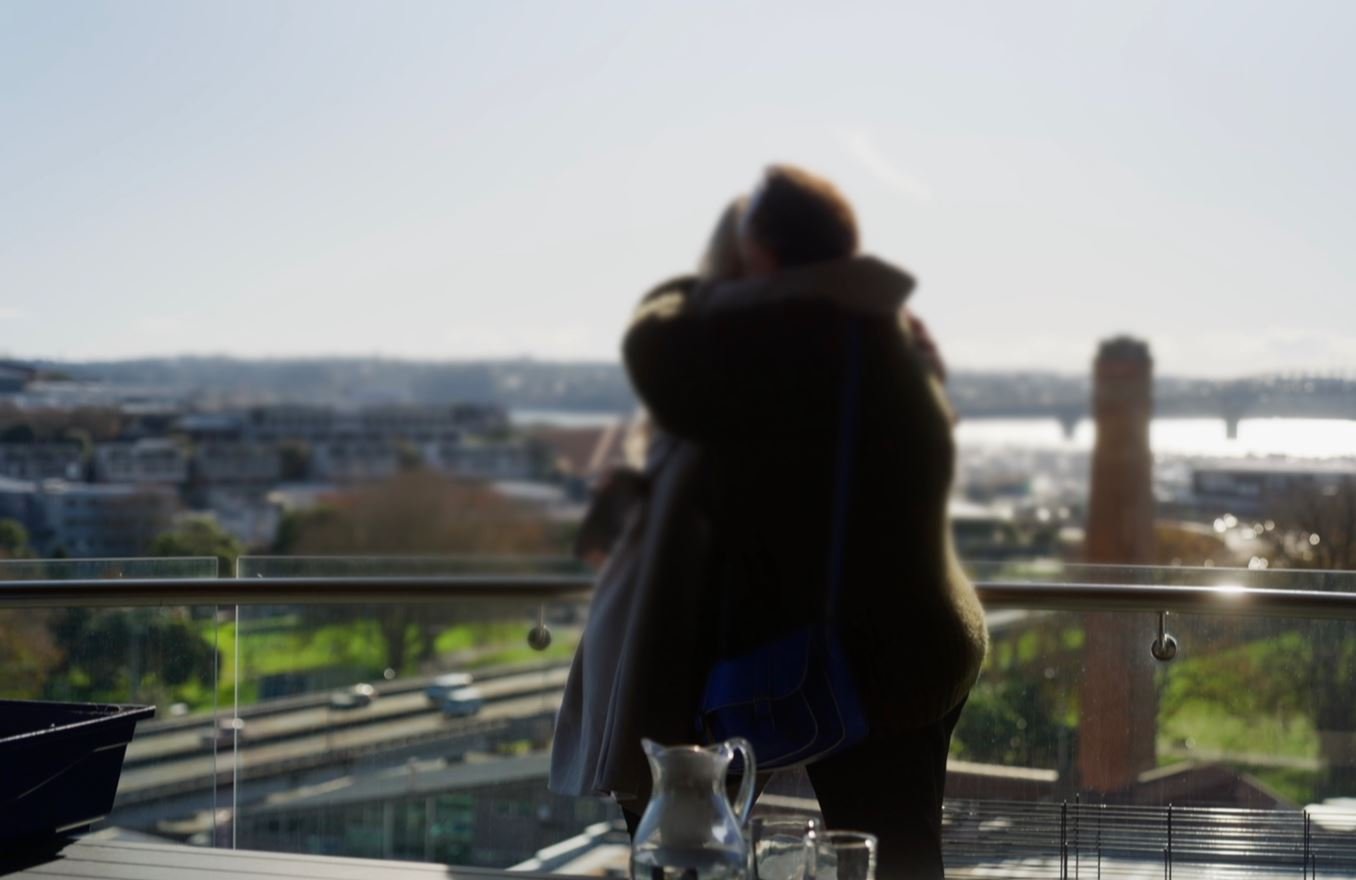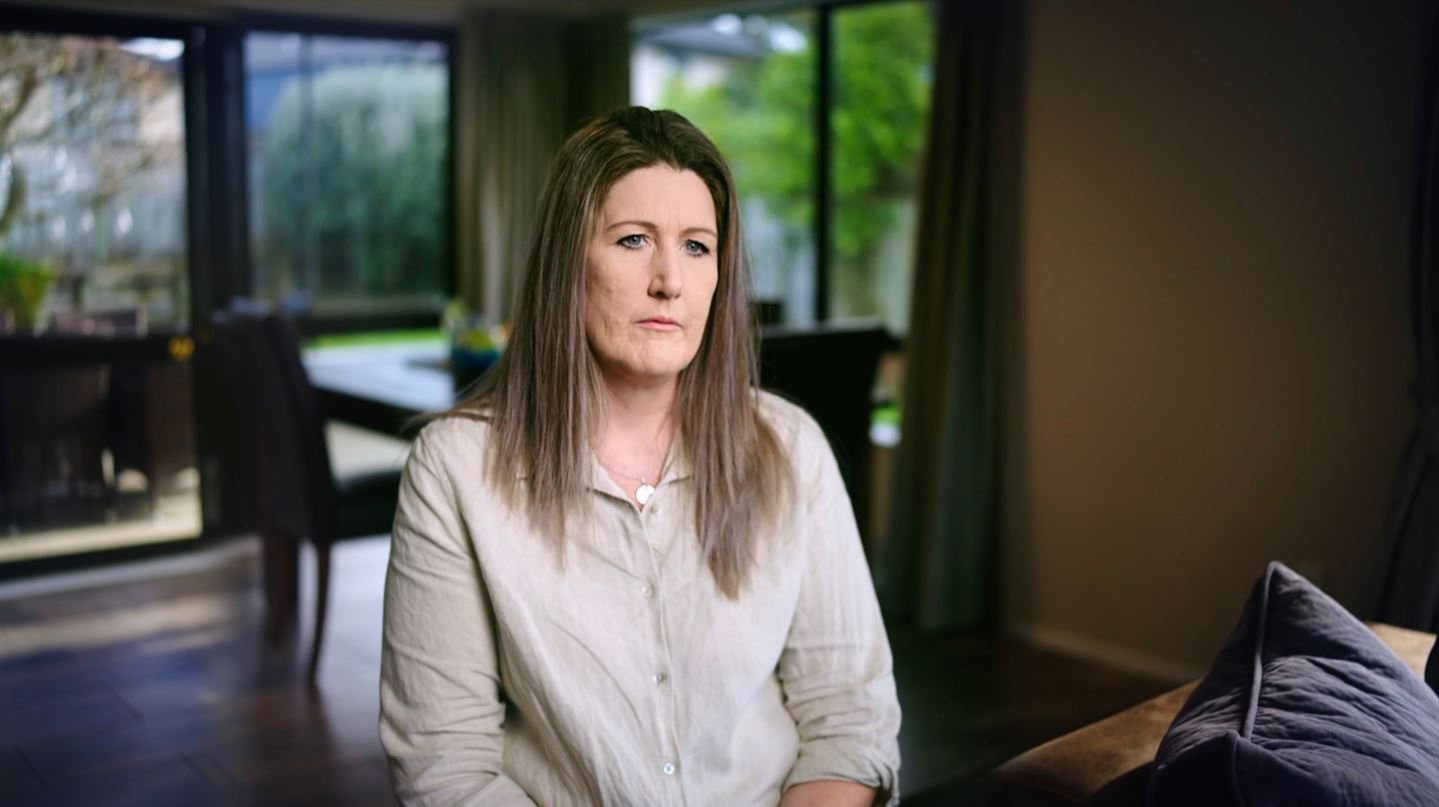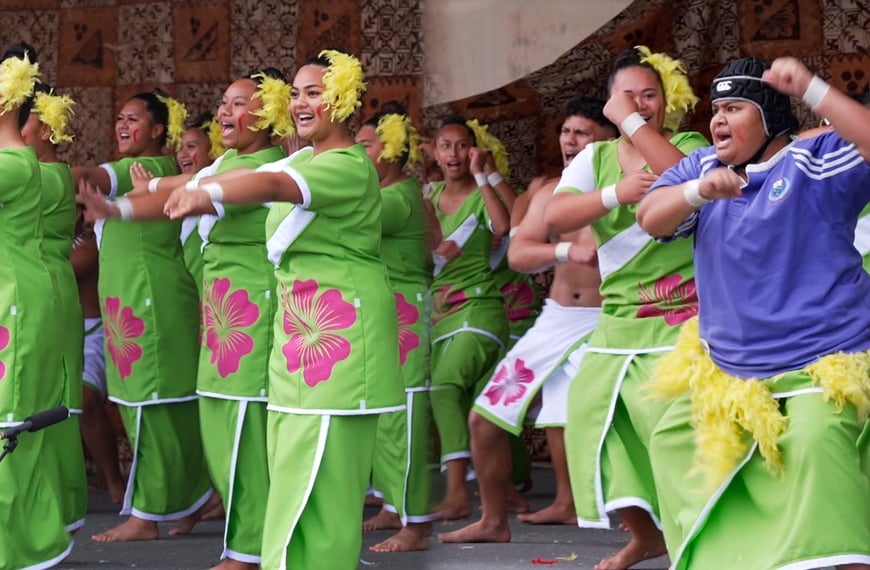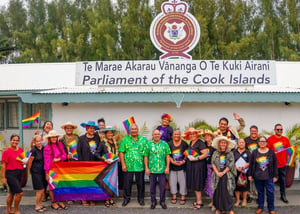A memorial to recognise the contribution of Pacific Islands people who have served in the New Zealand armed forces since the First World War was unveiled at the Pukeahu National War Memorial Park in Wellington last month.
The memorial, a 3.5m bronze sculpture of a conch shell is known as ‘Te Reo Hotunui O Te Moana Nui a Kiwa – The Deep Sigh of the Pacific’.
Prime Minister Jacinda Ardern and Cook Islands Prime Minister Mark Brown along with members of the diplomatic core attended the ceremony which had already been postponed a year because of the global pandemic.
In her address, Prime Minister Ardern spoke of the special bond between Aotearoa and her Pacific neighbours.
“This memorial stands in recognition of the service and sacrifice of the Pacific peoples who supported New Zealand in the first and second world wars and in subsequent conflicts around the world,” she said.
“It also stands as a symbol of Aotearoa New Zealand’s special bond and enduring friendship with our Pacific Neighbours.”
“Pacific peopole served under the New Zealand flag in both world wars in foreign lands many miles from home and the life they knew.
Two countries have had a particularly close connection with the New Zealand Defence Force, The Cook Islands and Niue. In World War One, around 500 Cook Islanders and a 150 Niueans were recruited directly from the islands.
After training and acclimatising in Auckland they were sent to the war in Europe. For many, the war was the least of their problems.
“During the First World War especially, Pacific soldiers faced many additional hardships in their service,” Ardern said.
“They had to endure colder climates and language barriers, but one of the greatest causes of suffering for Pacific soldiers was their exposure to foreign illness and disease.
“Even with fighting over, they were cruelly confronted with the 1918 Influenza epidemic which swept the world and had a lasting and devastating effect.”
The memorial is the work of Wellington-based artist Michel Tuffery, He was inspired by the story of three Cook Islands soldiers who served with the New Zealand tunnelling company in the First World War.
The soldiers worked in tunnels under the French town of Arras and etched their names and a prayer on the tunnel walls. They left behind a conch shell which was discovered many years later.
In 2017 relatives of the men visited the tunnels during centenary commemorations of the war.
“When we took that trip up to Arras, it was a very emotional trip because we went searching for the shell,” Tuffery said.
“We drive past this tunnel every day, and nobody actually realised the bigger narrative behind this shell.”
Cook Islands Prime Minister Mark Brown is well aware of the contribution his countrymen have made.
“The symbolism of the conch shell really resonated with me because in our culture, the conch is used to make a call, and when the call is made, it’s always been answered,” Brown says.
“So, we go back to World War One; 500 soldiers, 500 men from the Cook Islands enlisted and joined the New Zealand Māori Battalion of those times and in subsequent conflicts through the ages.
“Cook Islanders, Niueans and also other Pacific Island countries have always answered the call to do their duty.”
The call to duty has been answered by many of the Pacific’s own over the years, from the realm countries and from Tonga, Samoa, Fiji and further afield. Many never to return to their waiting families, including Prime Minister Brown’s own grand-uncle in World War II.
“My grandfather’s youngest brother who was sent to New Zealand to school lied about his age, as you did, and he was shipped off to Canada to train with the RNZAF,” Brown says.
“He was part of bombing missions over Germany, and he was shot down over Germany; so he’s laid to rest in the Commonwealth War Graves cemetery in the town of Kiel, which is on the Baltic Coast of Germany thousands and thousands of kilometres away from his home island serving for the country.
“I was very lucky to be in that part of the world on government business and took the time to go out and visit his grave and put a pearl-shell next to his headstone… something from home to be lying next to him.”
So as ANZAC commemorations loom, Te Reo Hotunui O Te Moana Nui a Kiwa is a timely reminder of New Zealand’s place in the Pacific.
“Aotearoa’s place is in the Pacific, and we will always stand in solidarity with our Pacific neighbours acting on the world stage in the name of peace and prosperity,” Ardern said.
“This morning in this beautiful place, in the shadow of this beautiful monument, we stand together in gratitude for one another in reverence and in remembrance.”
By John Utanga

